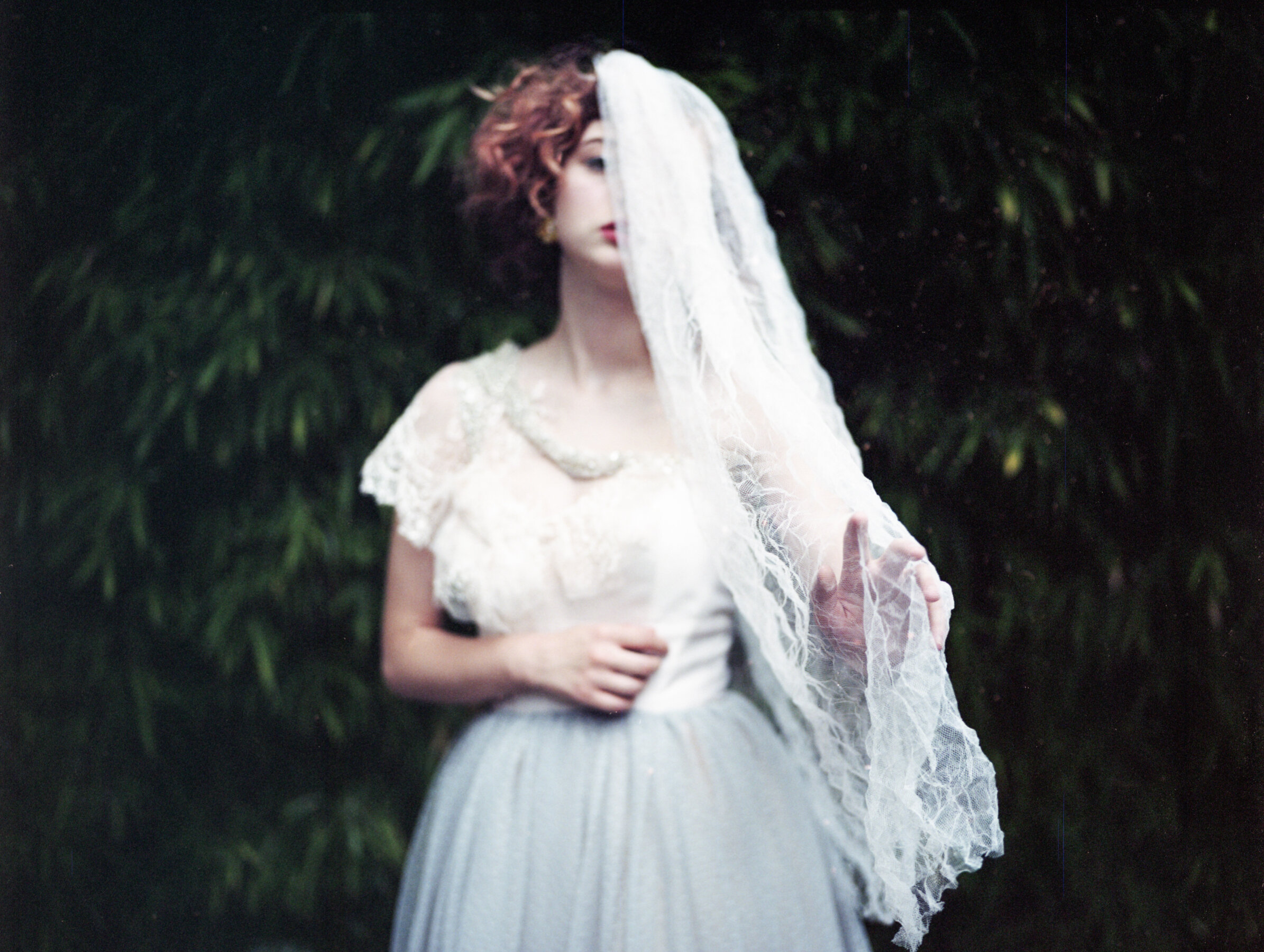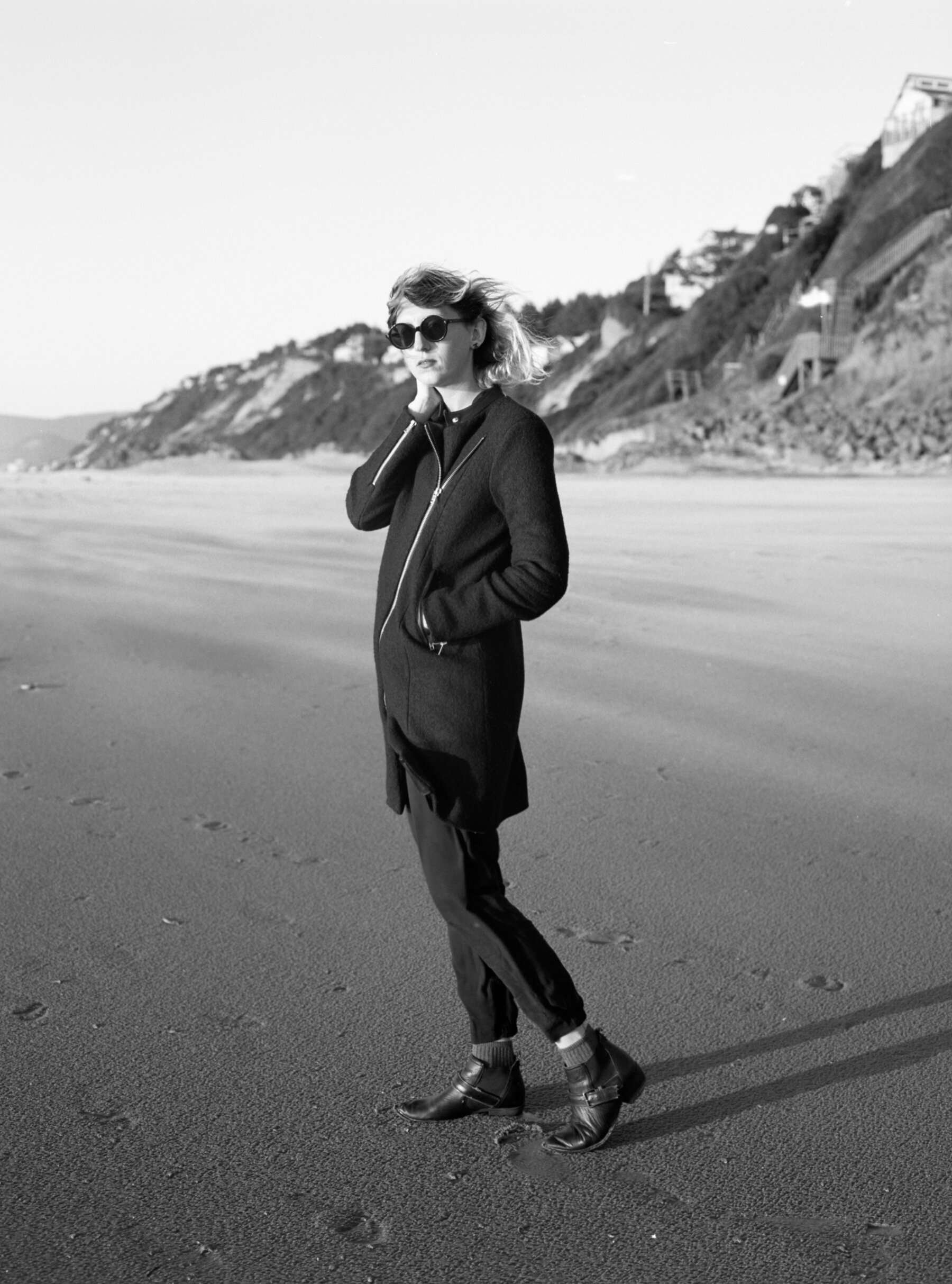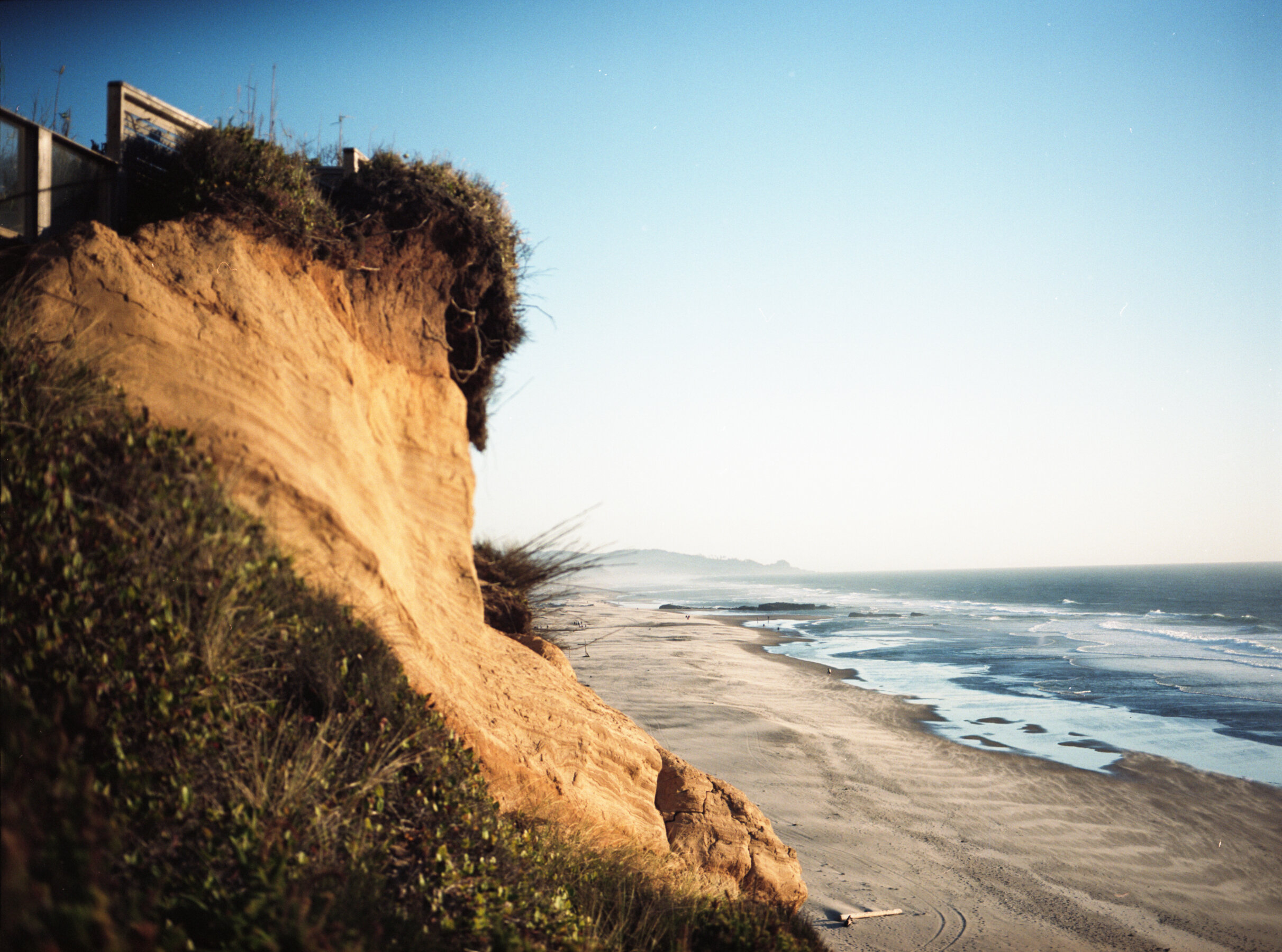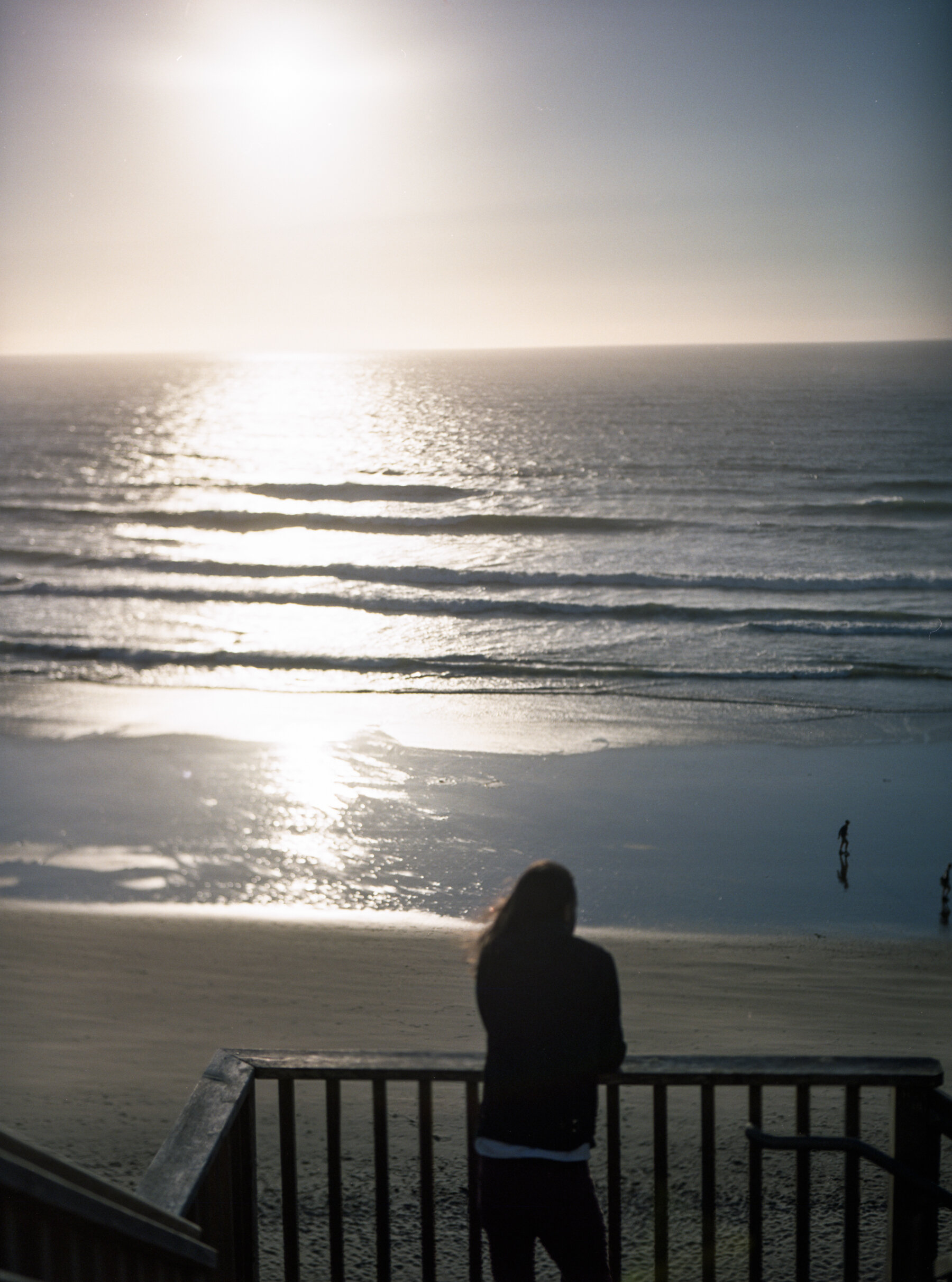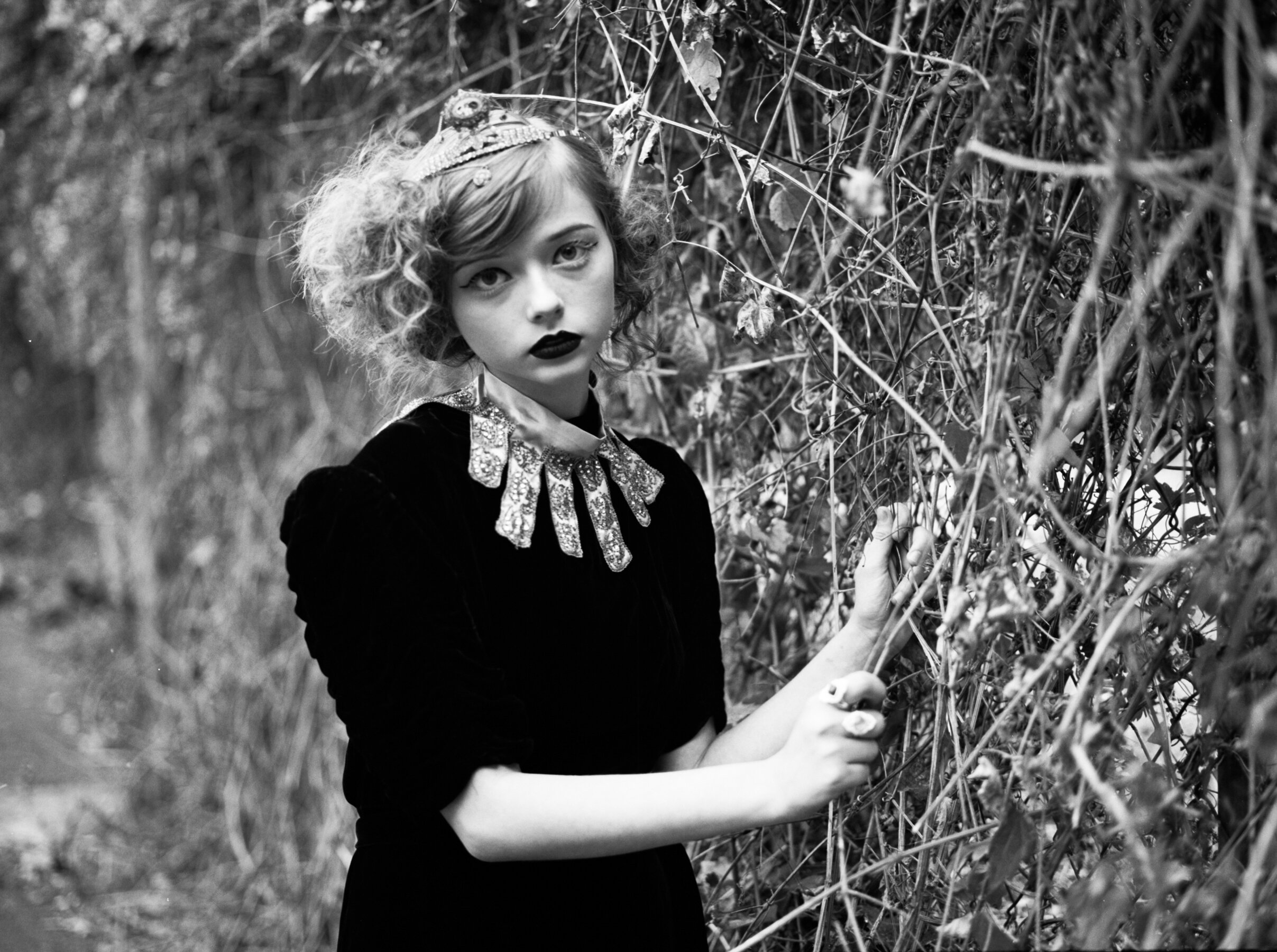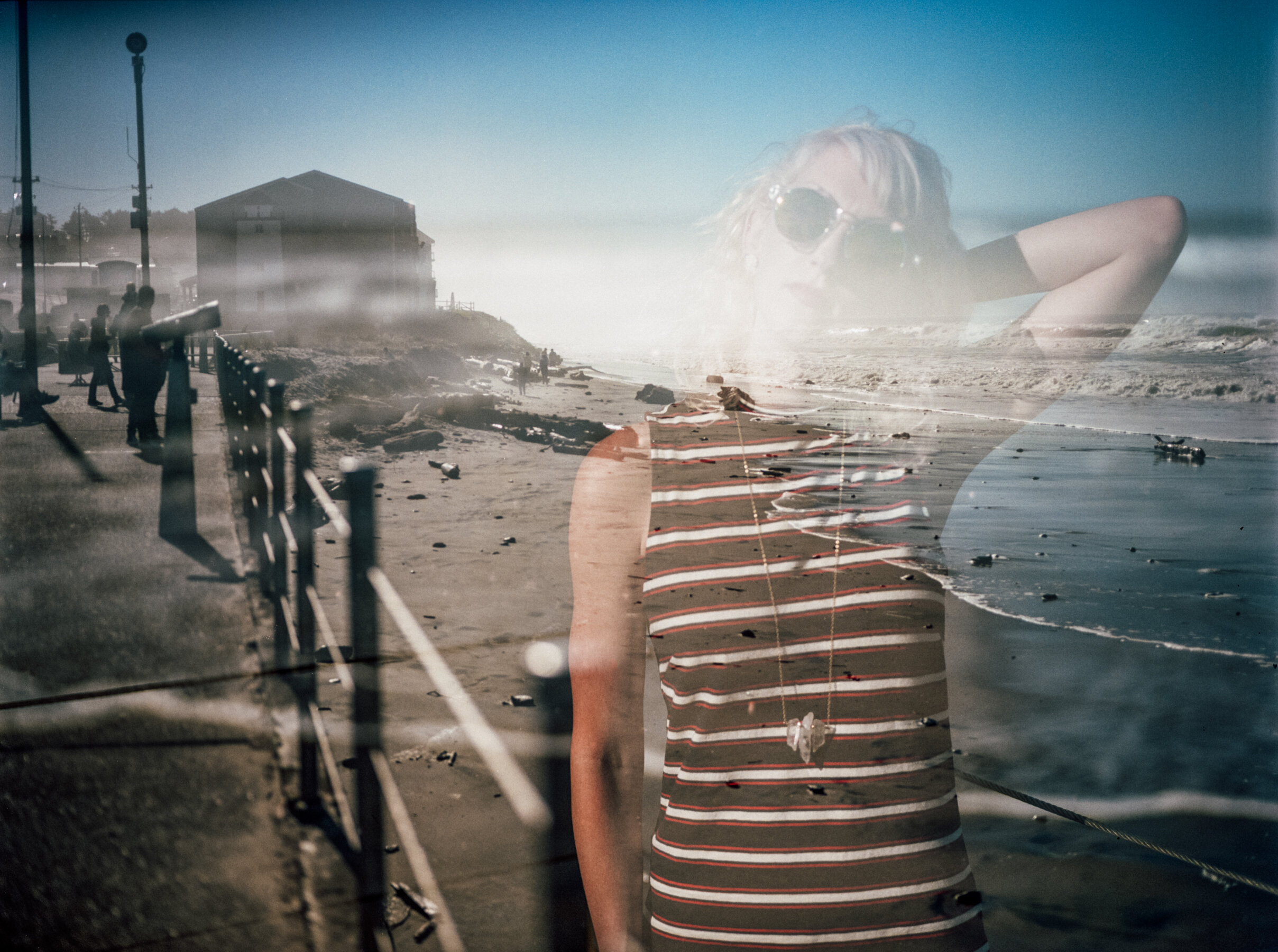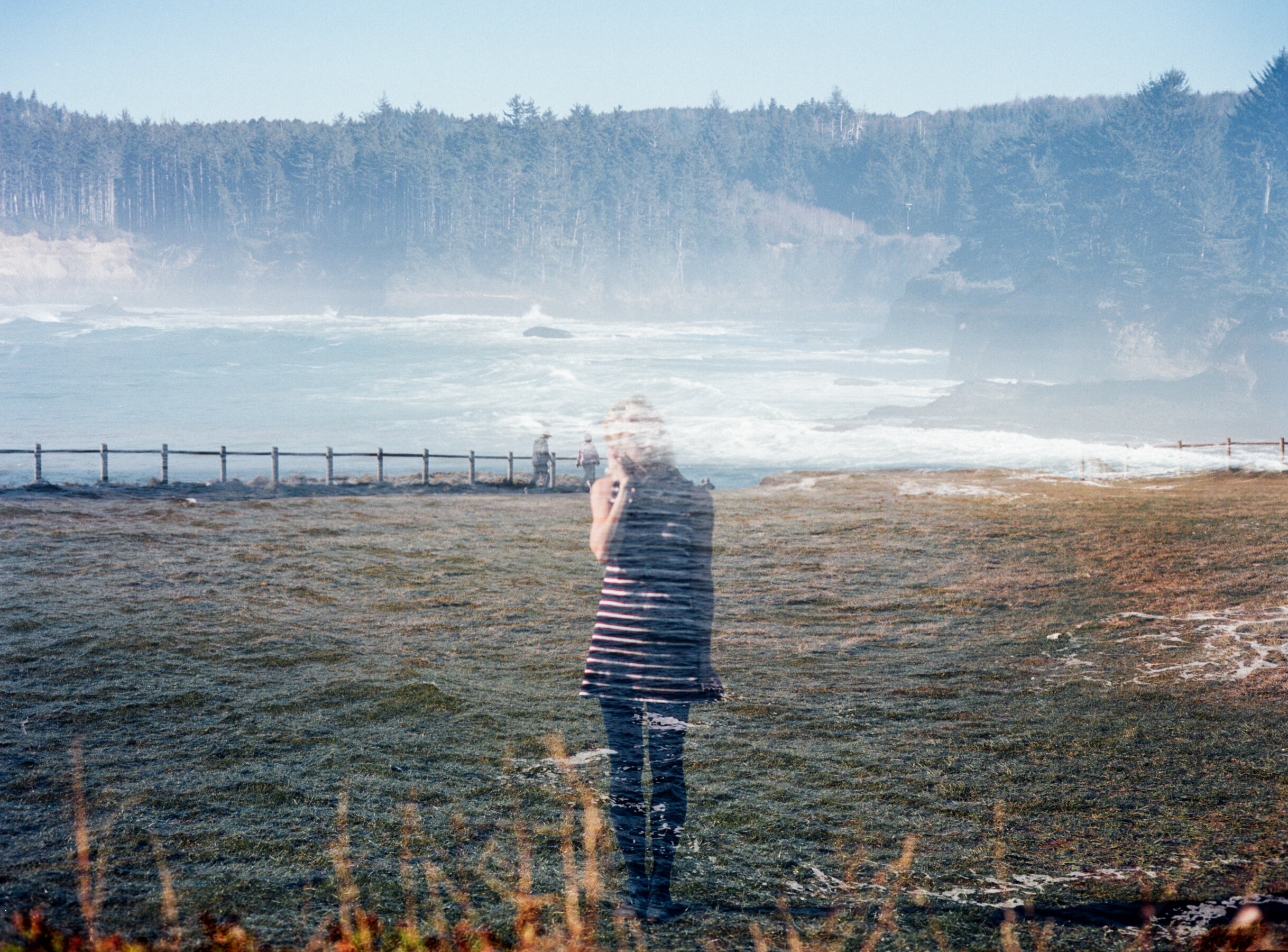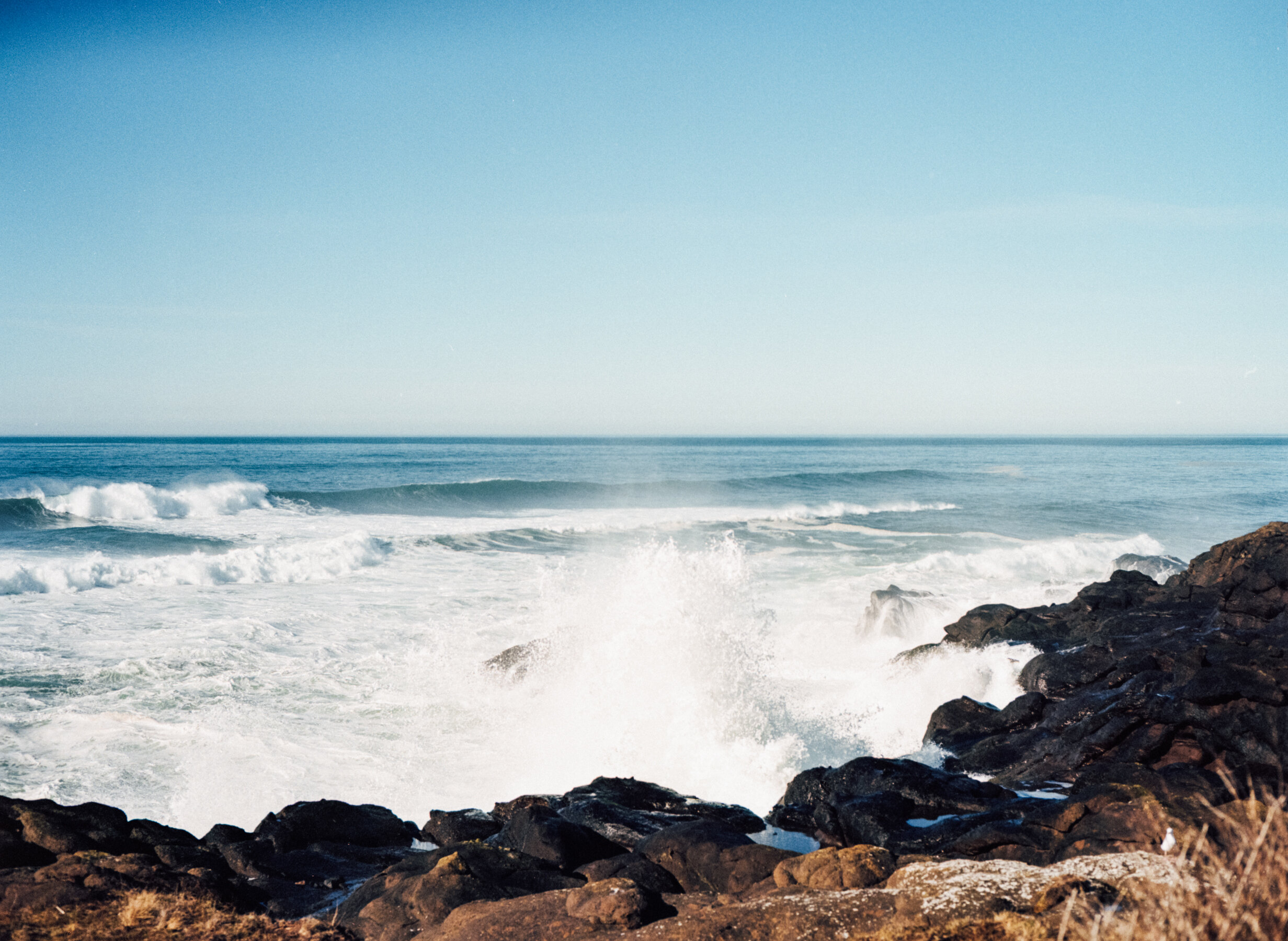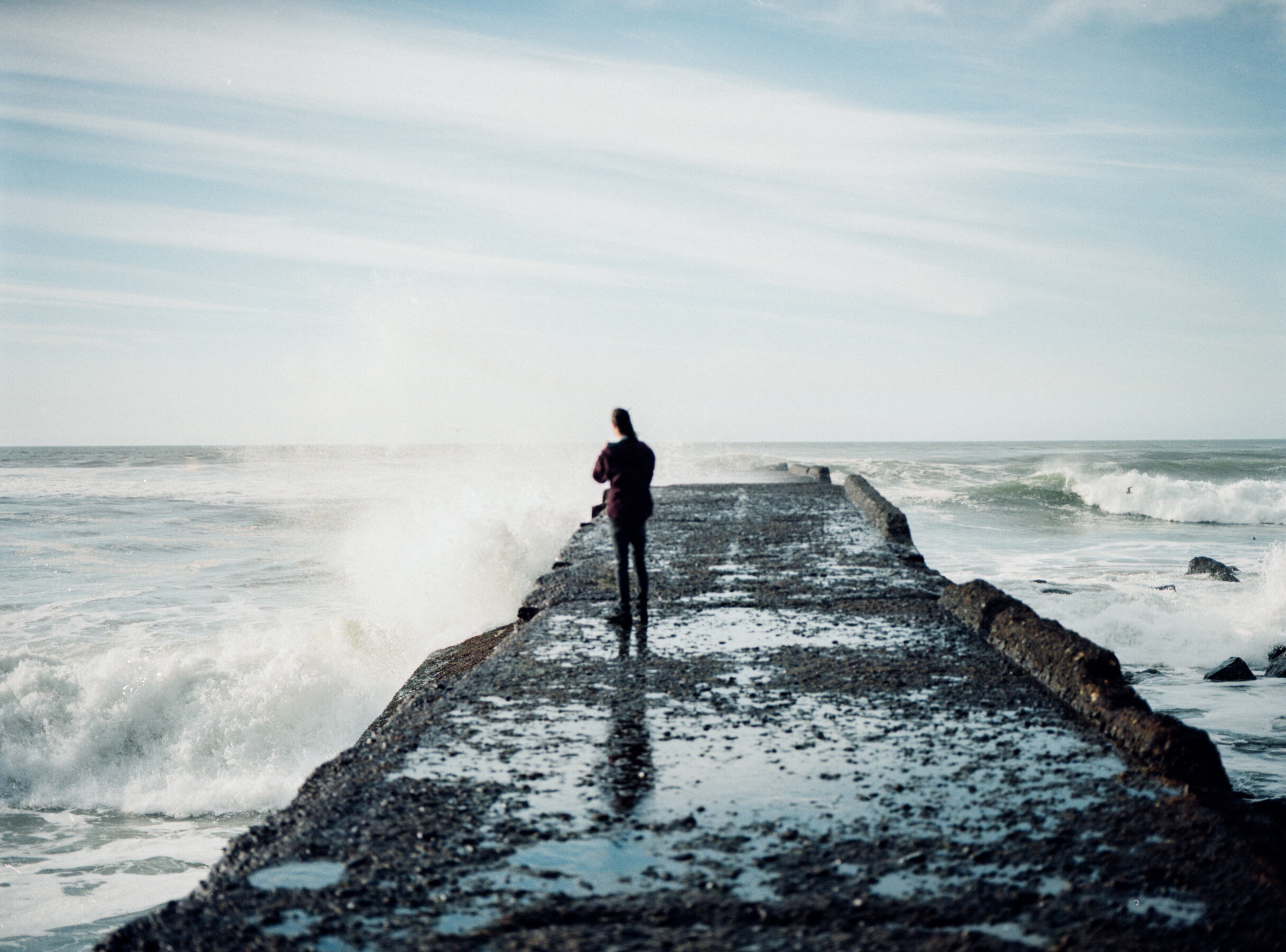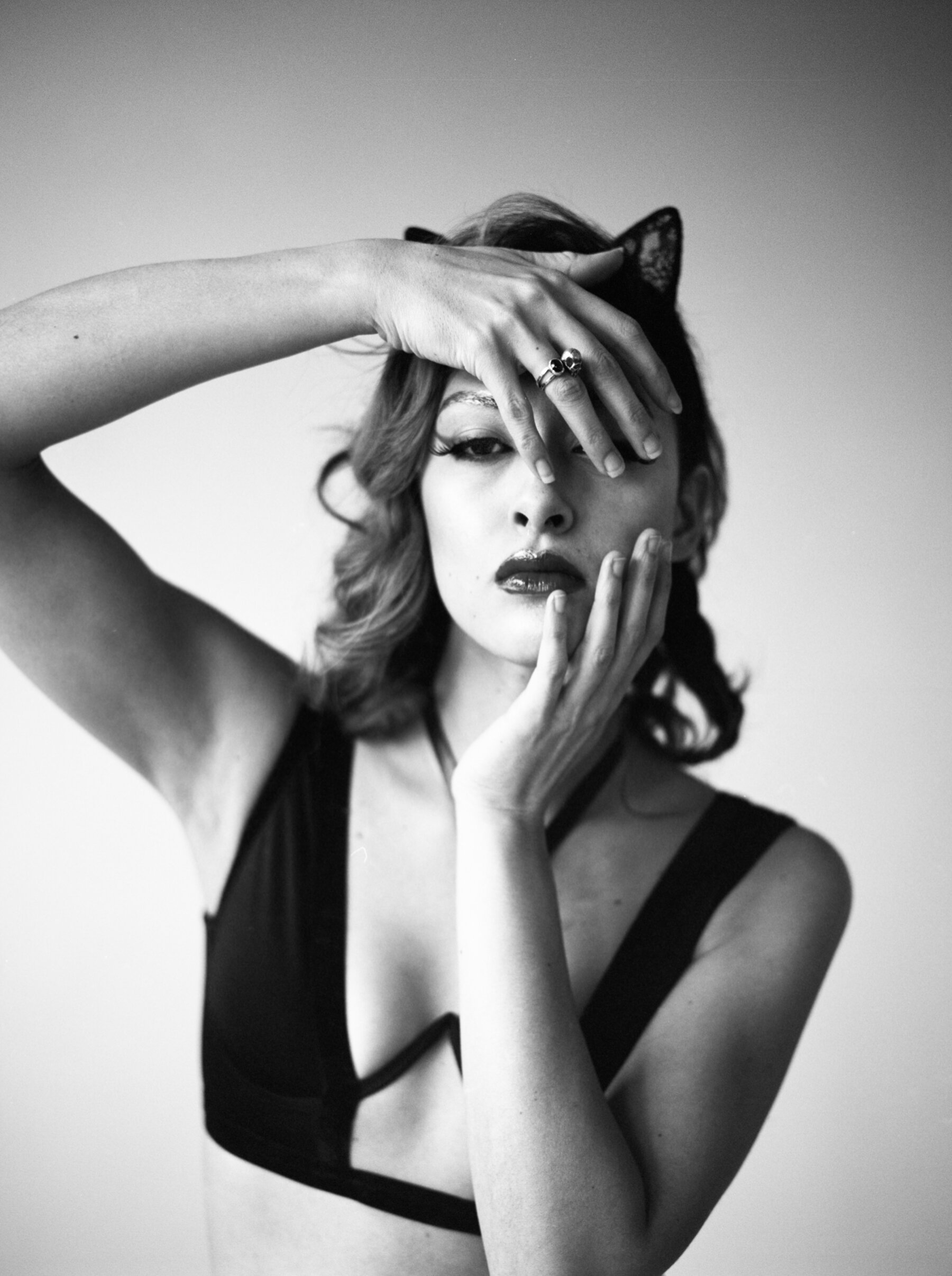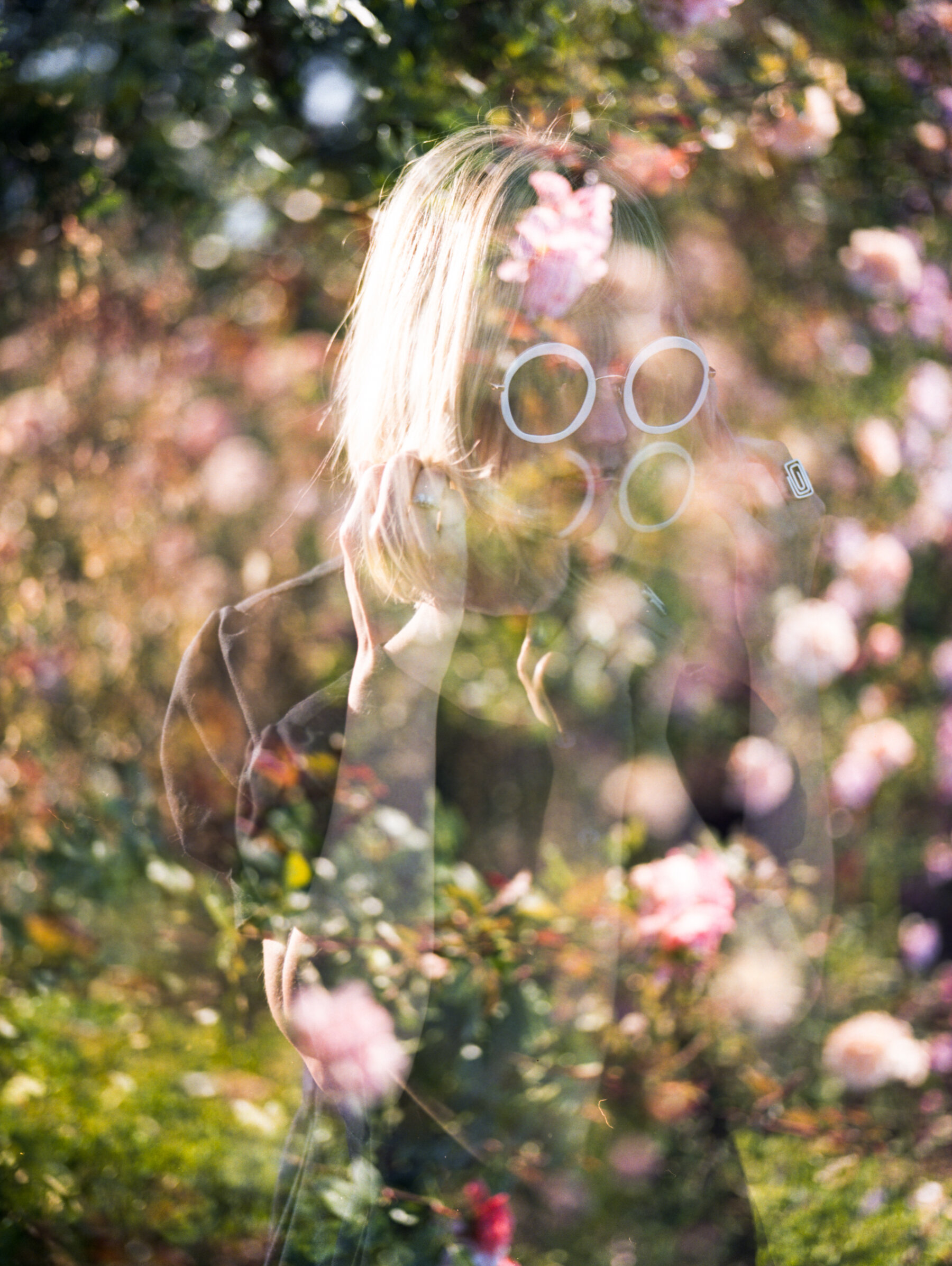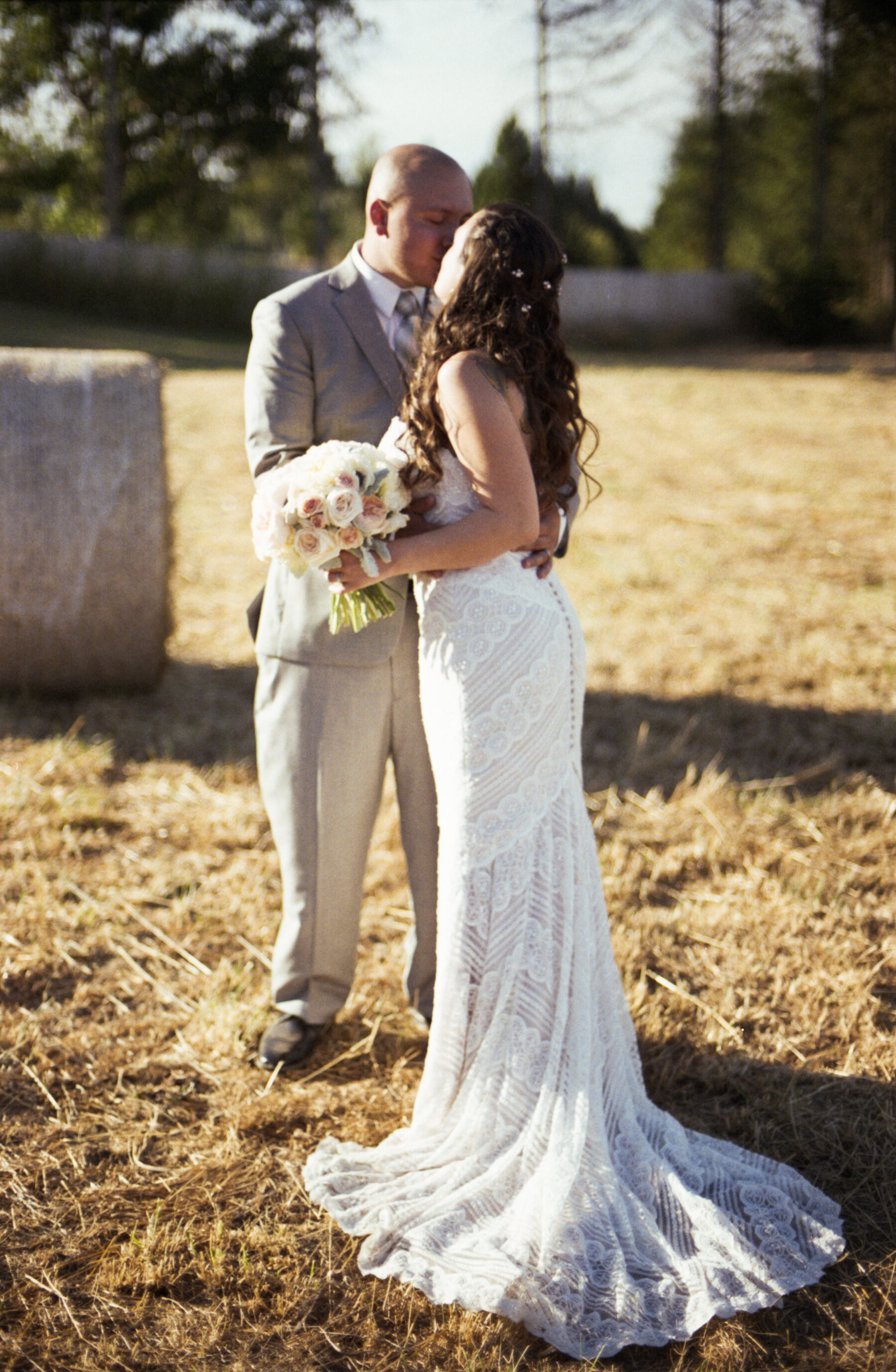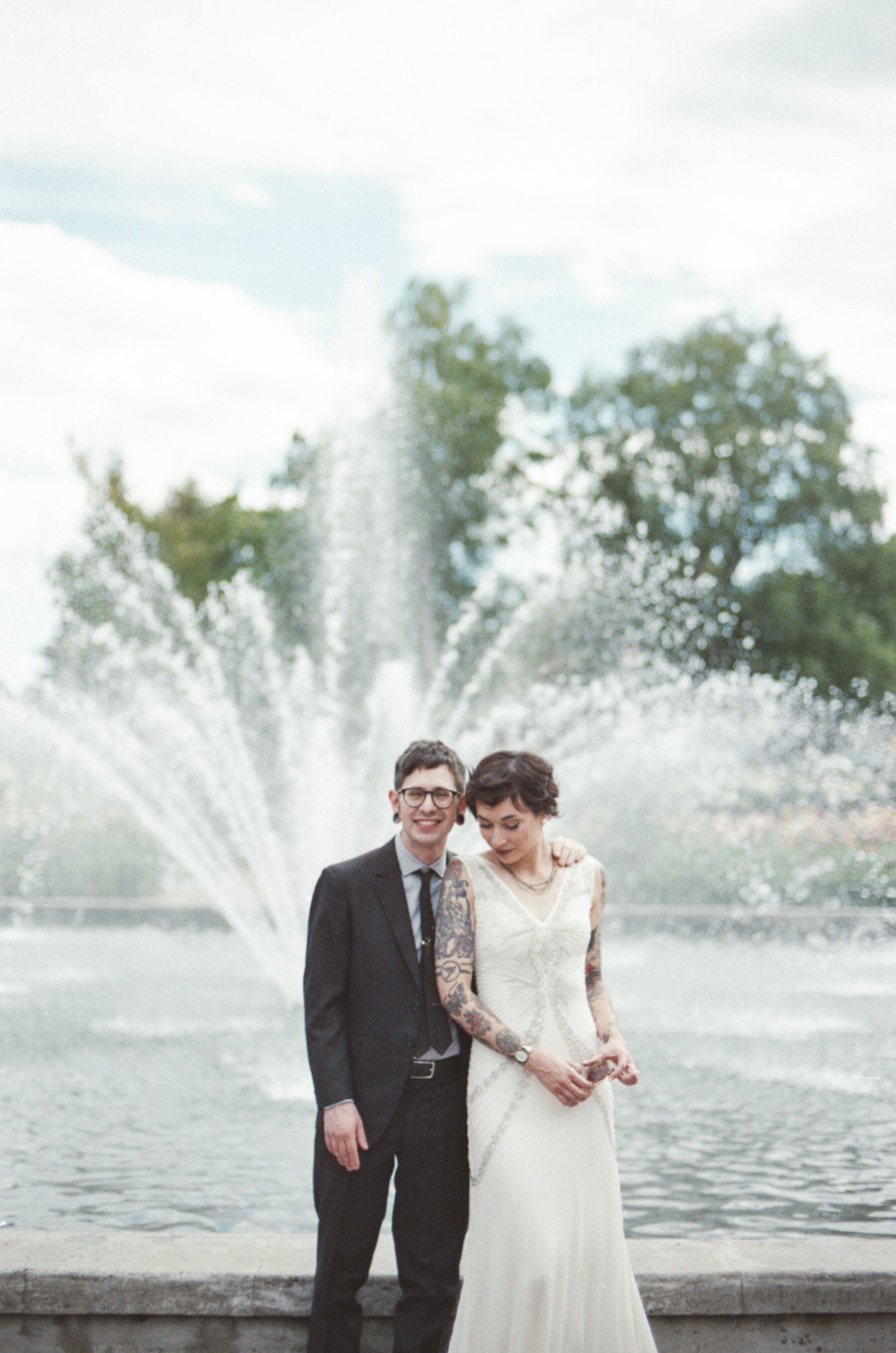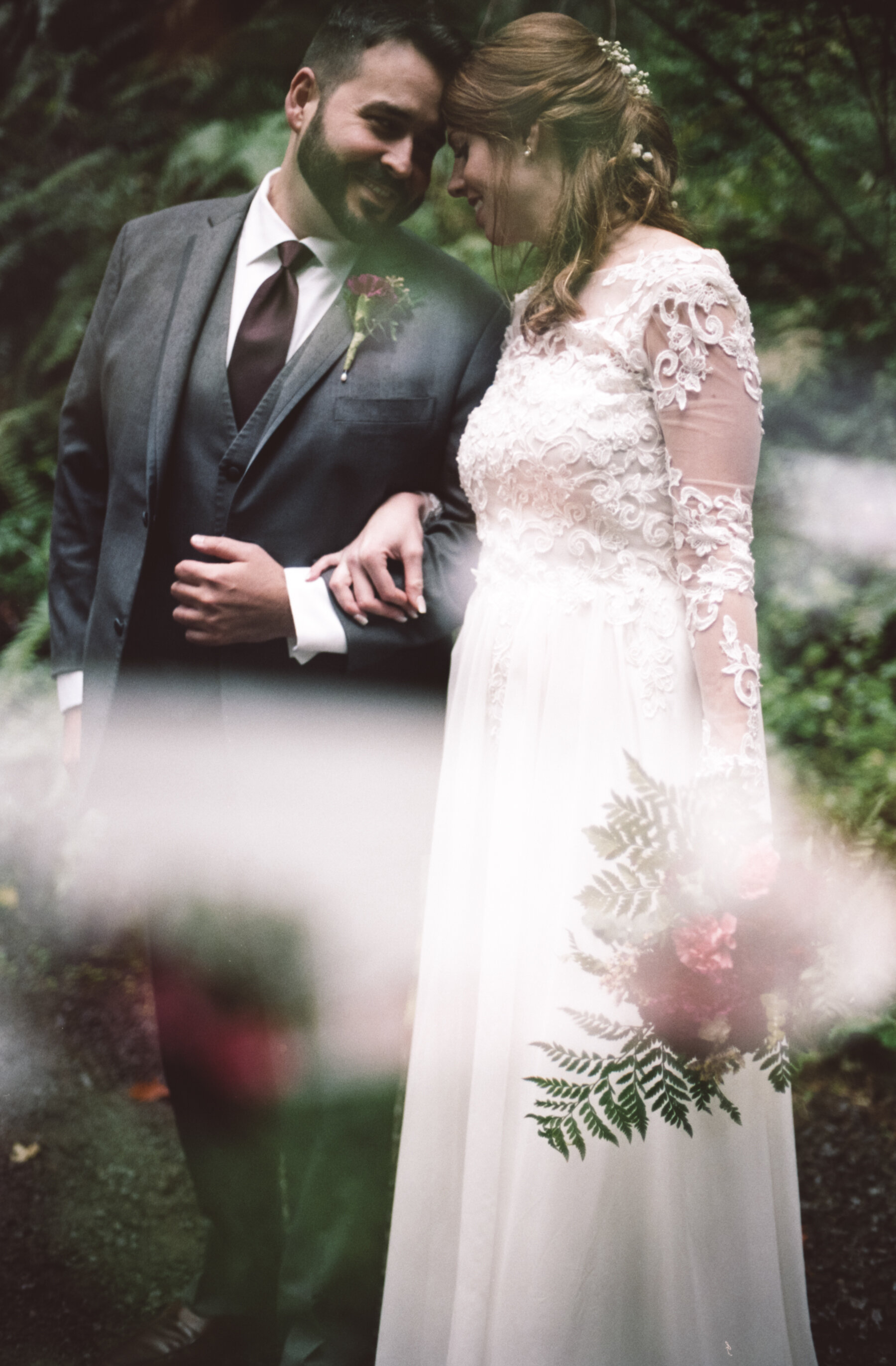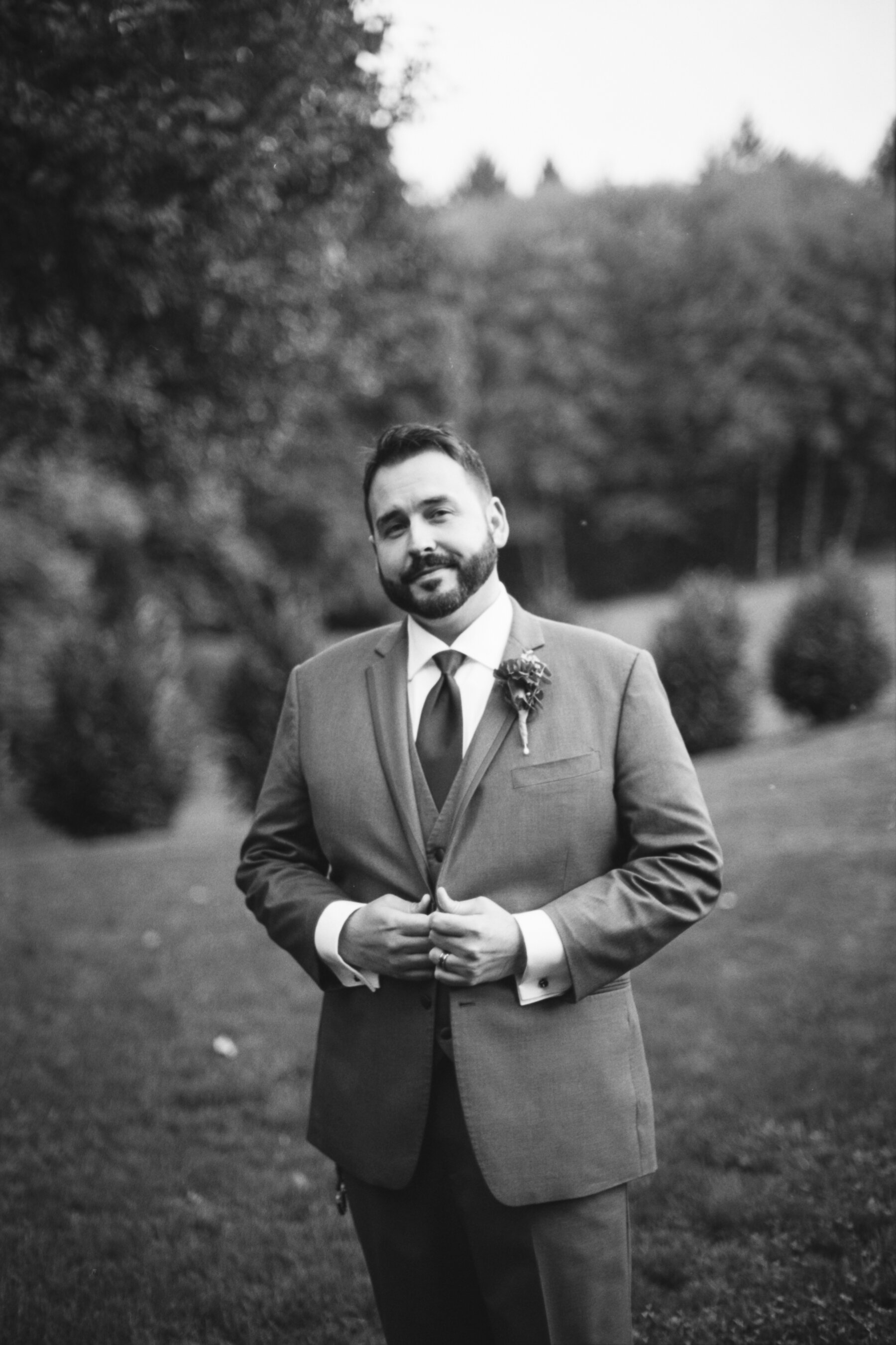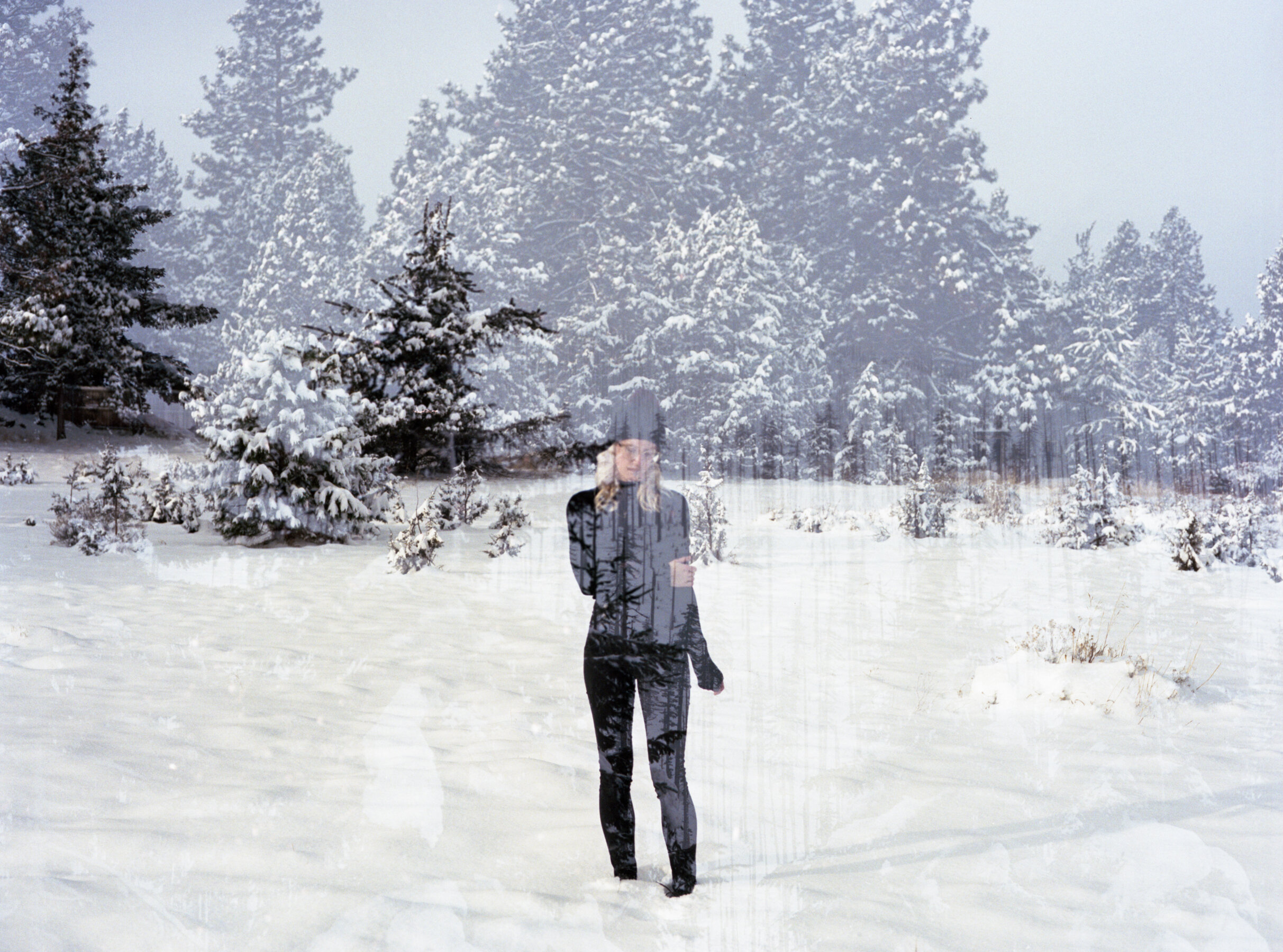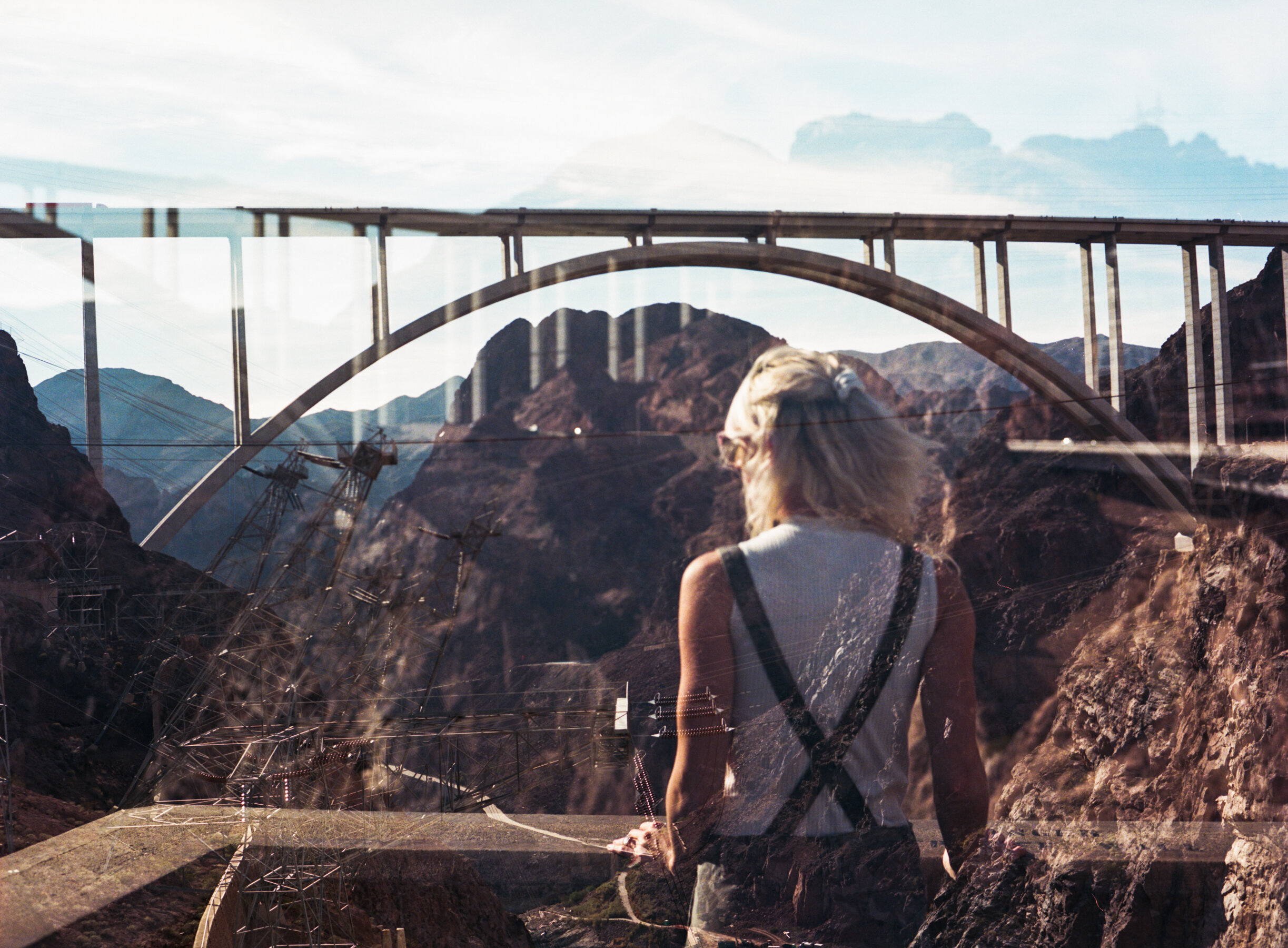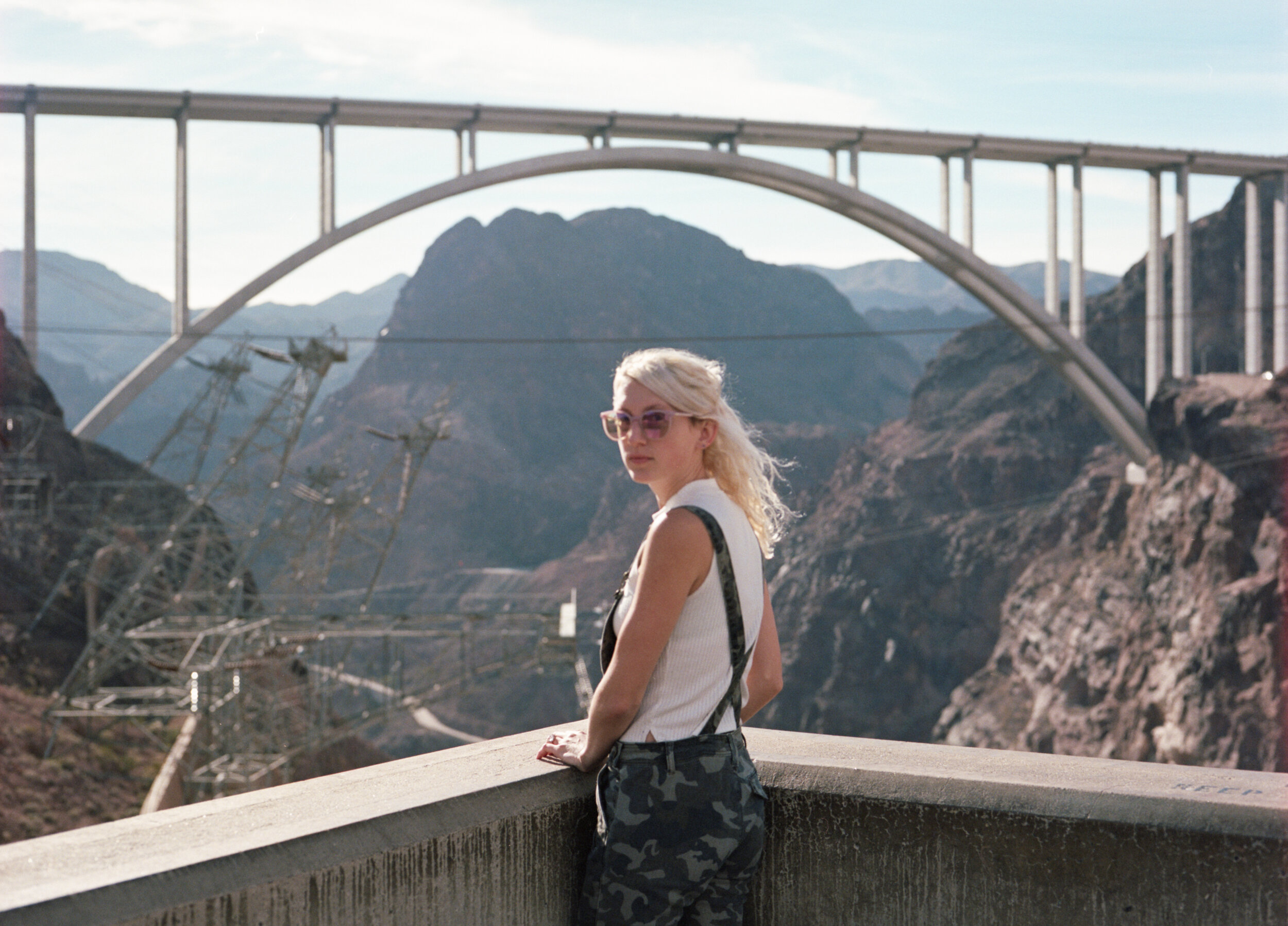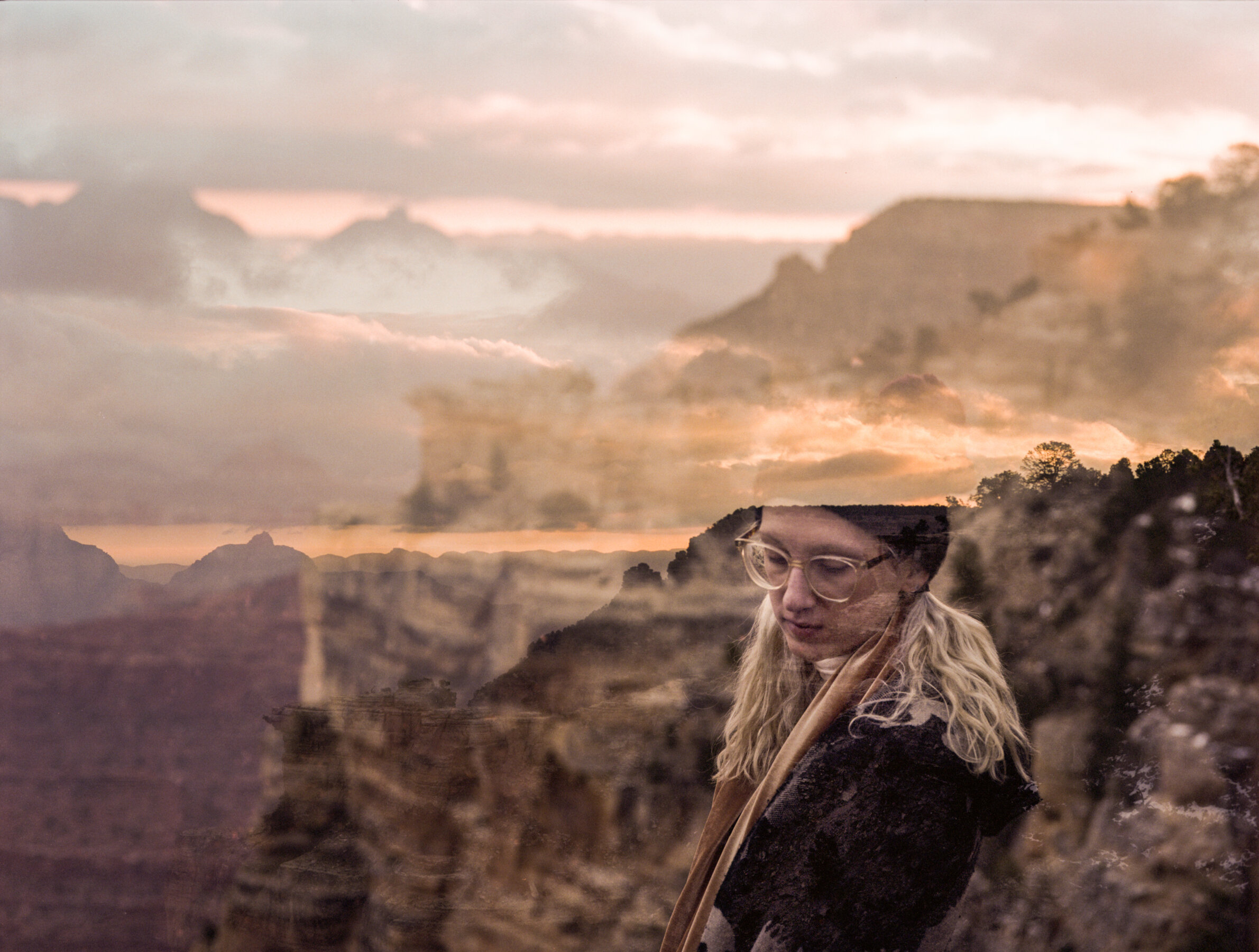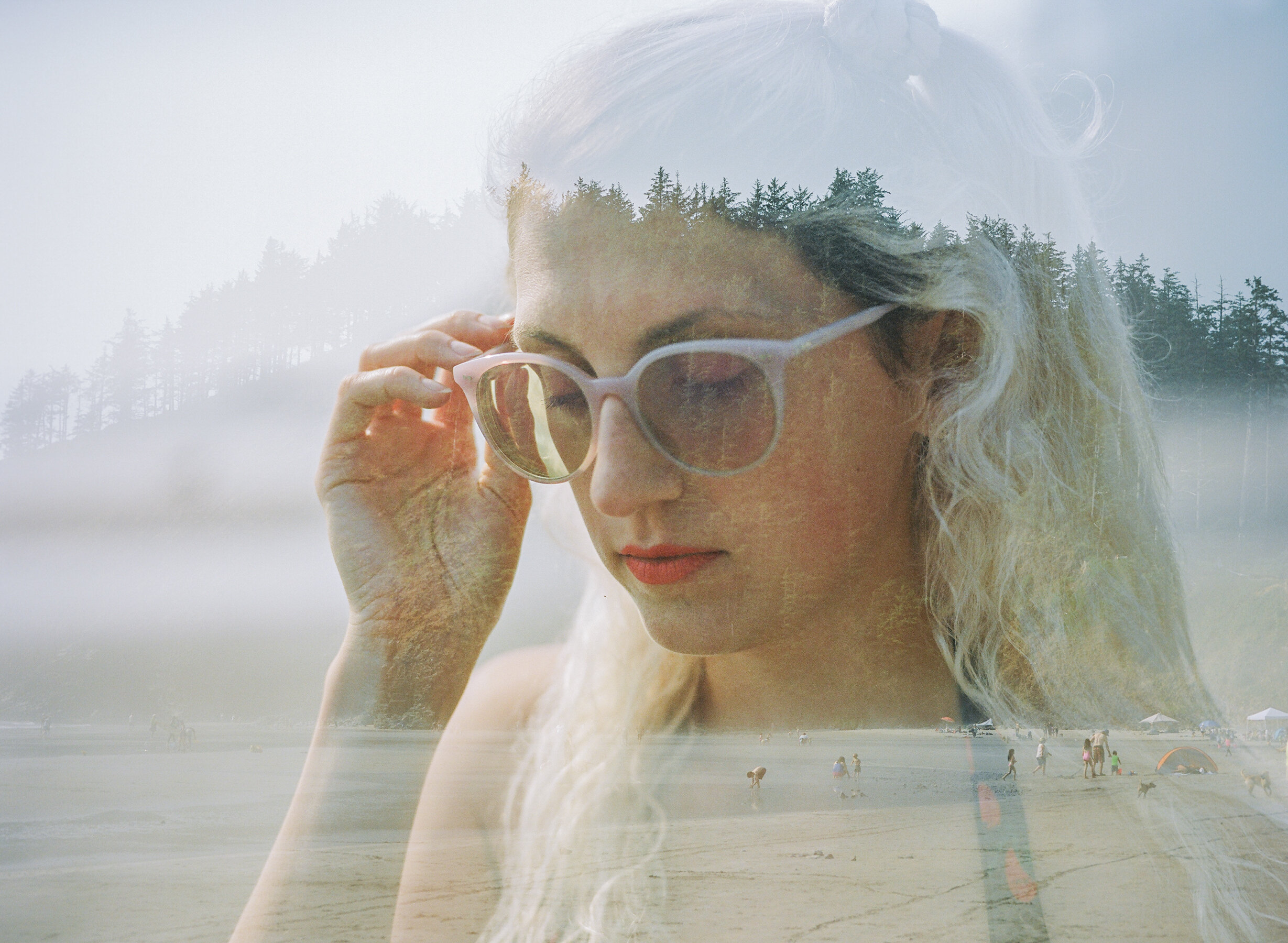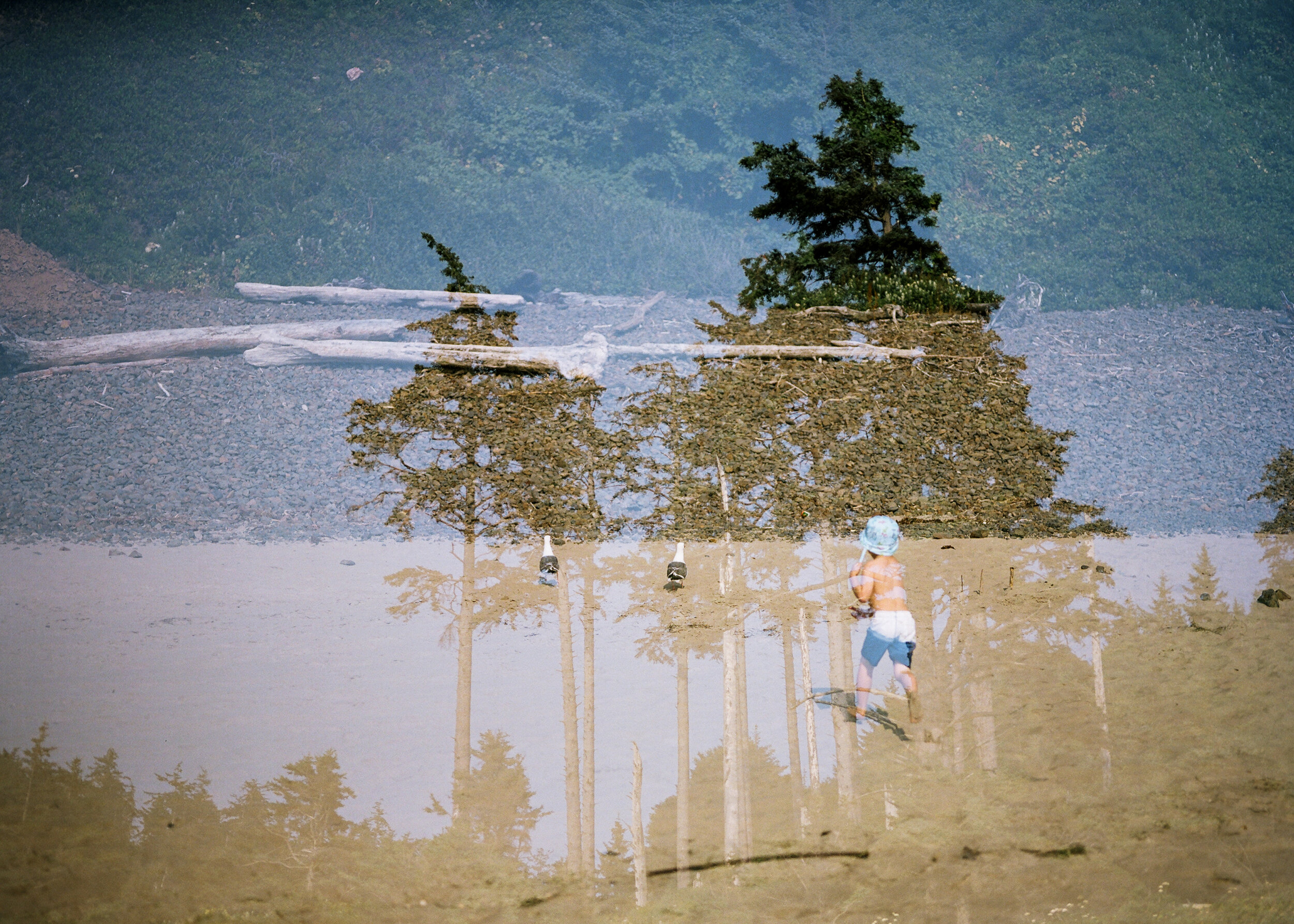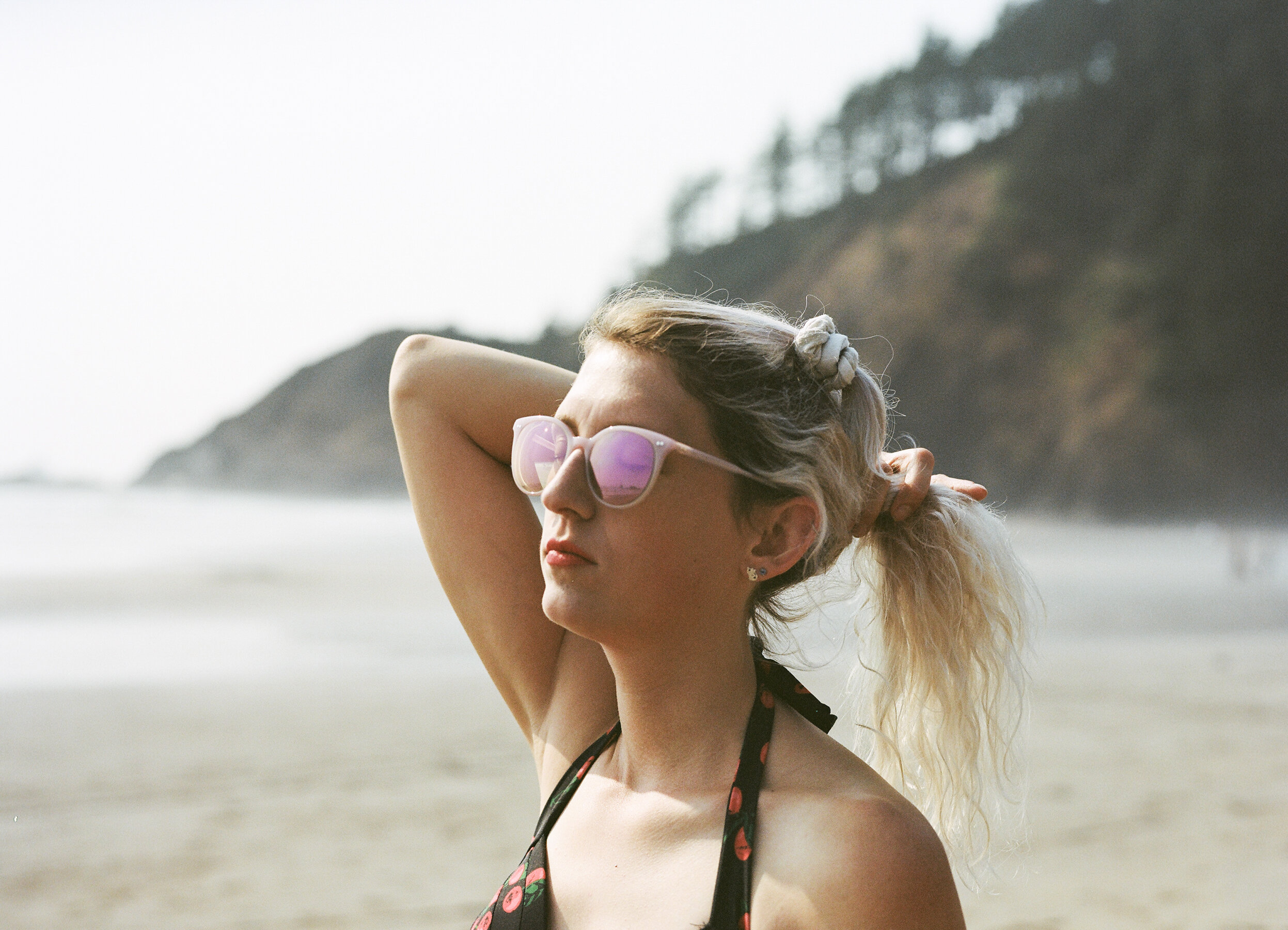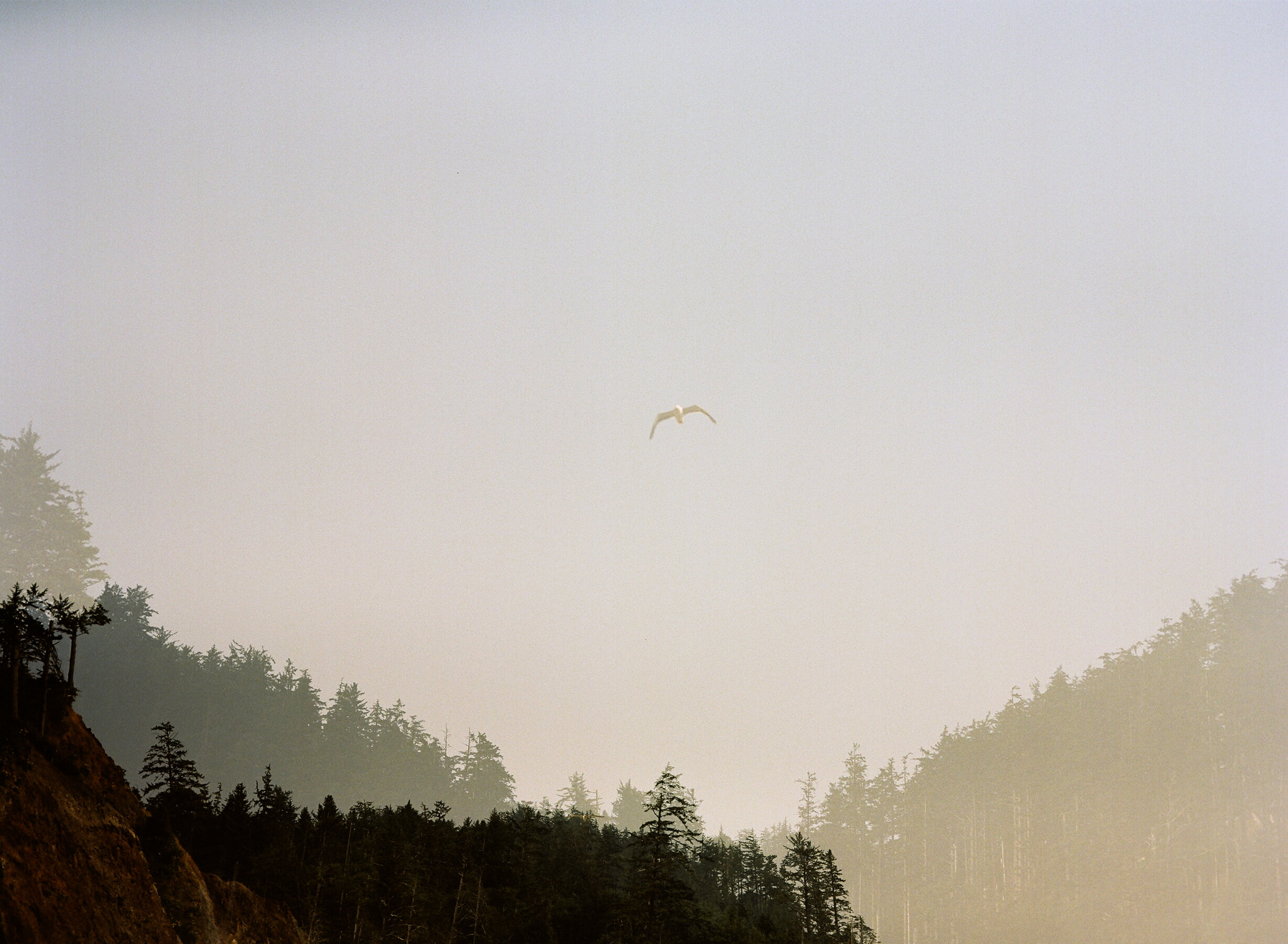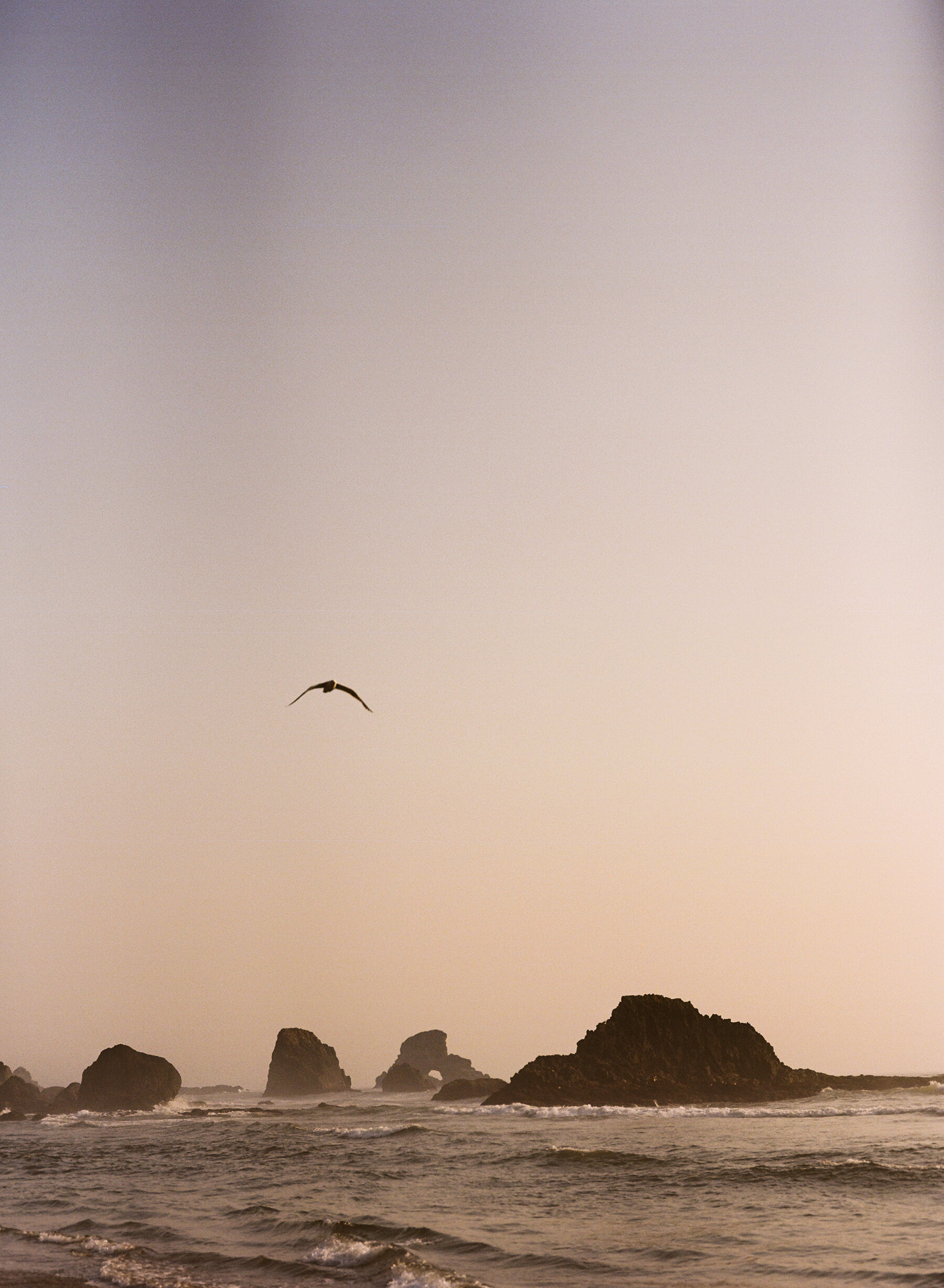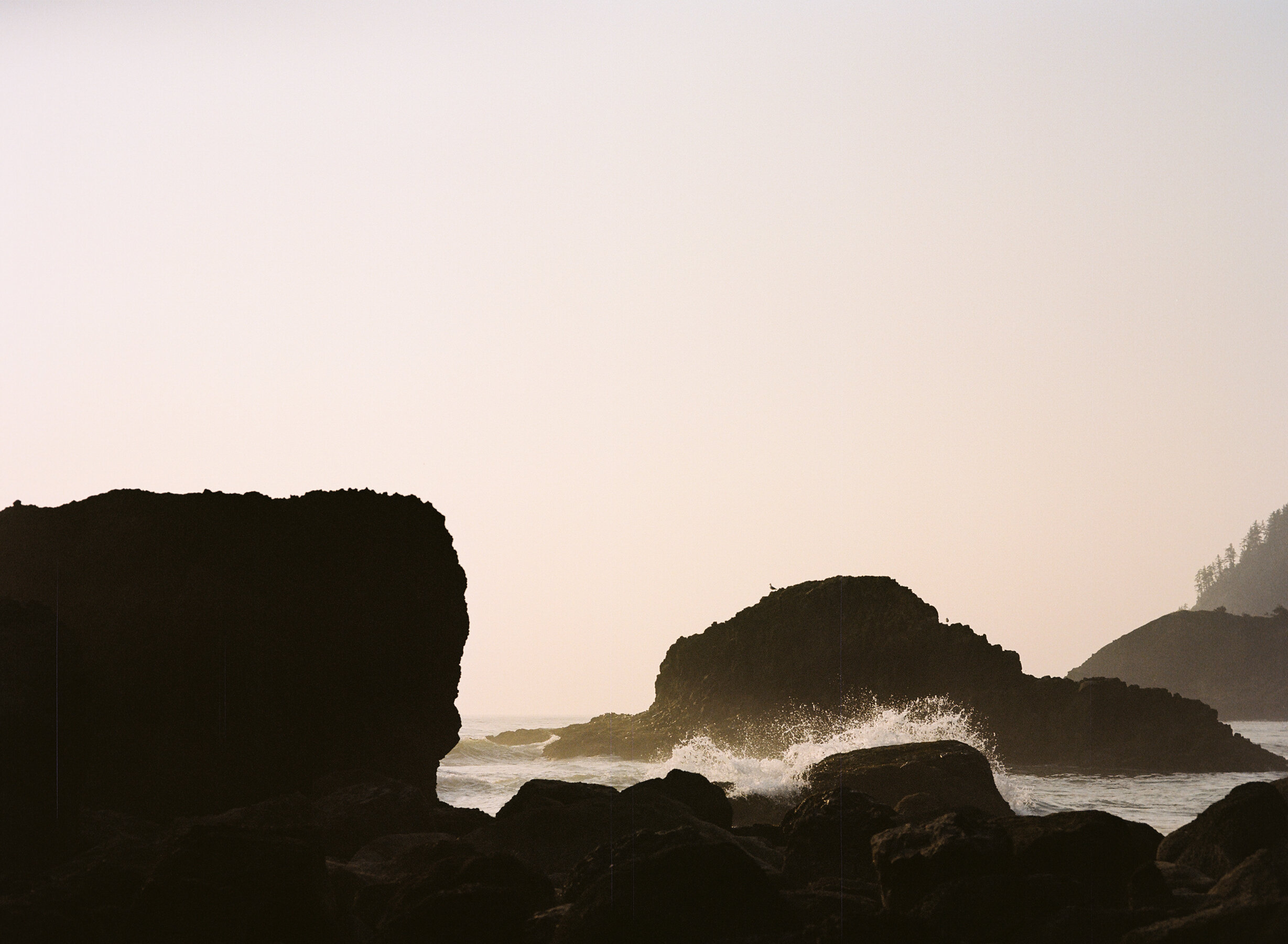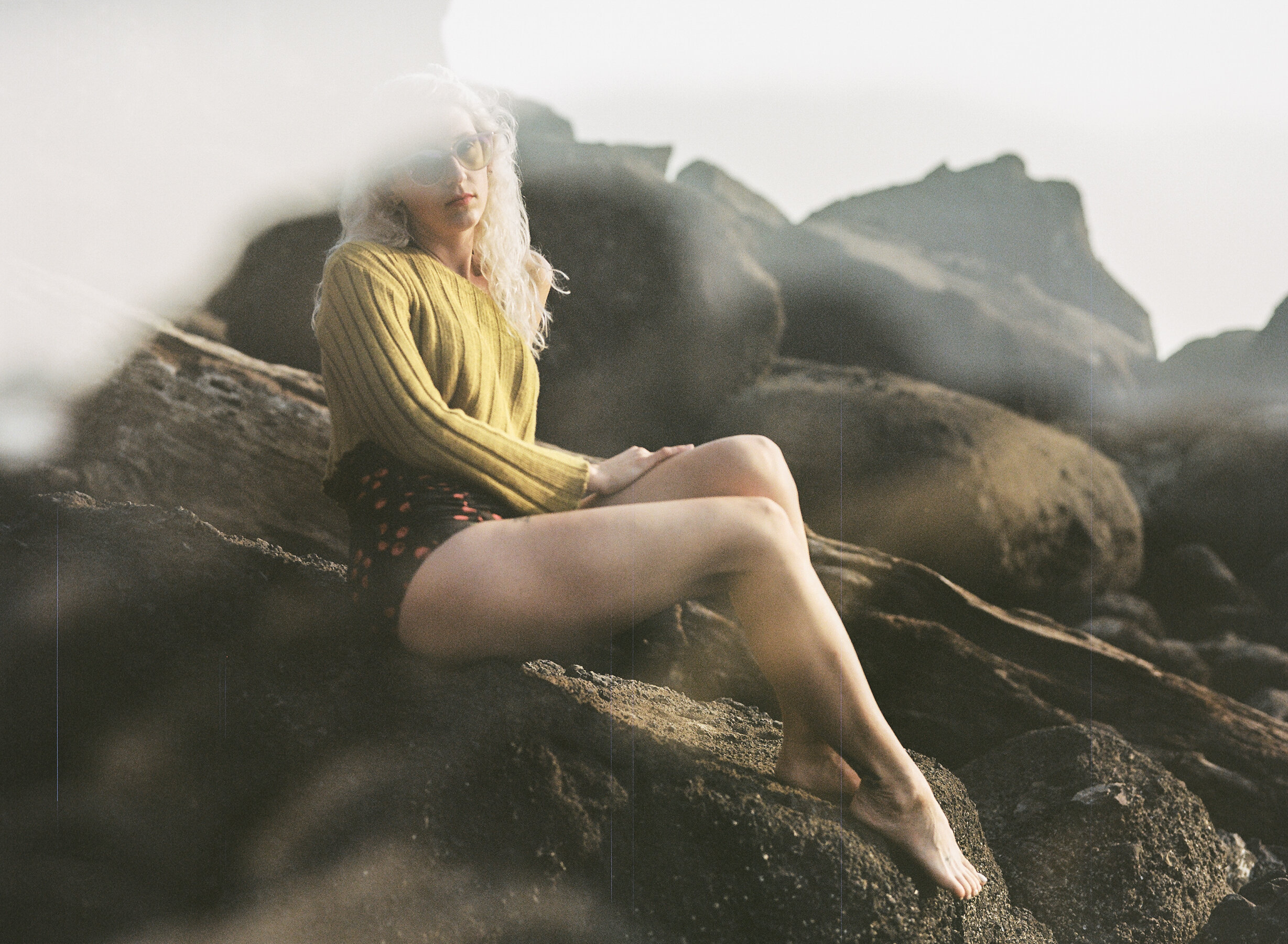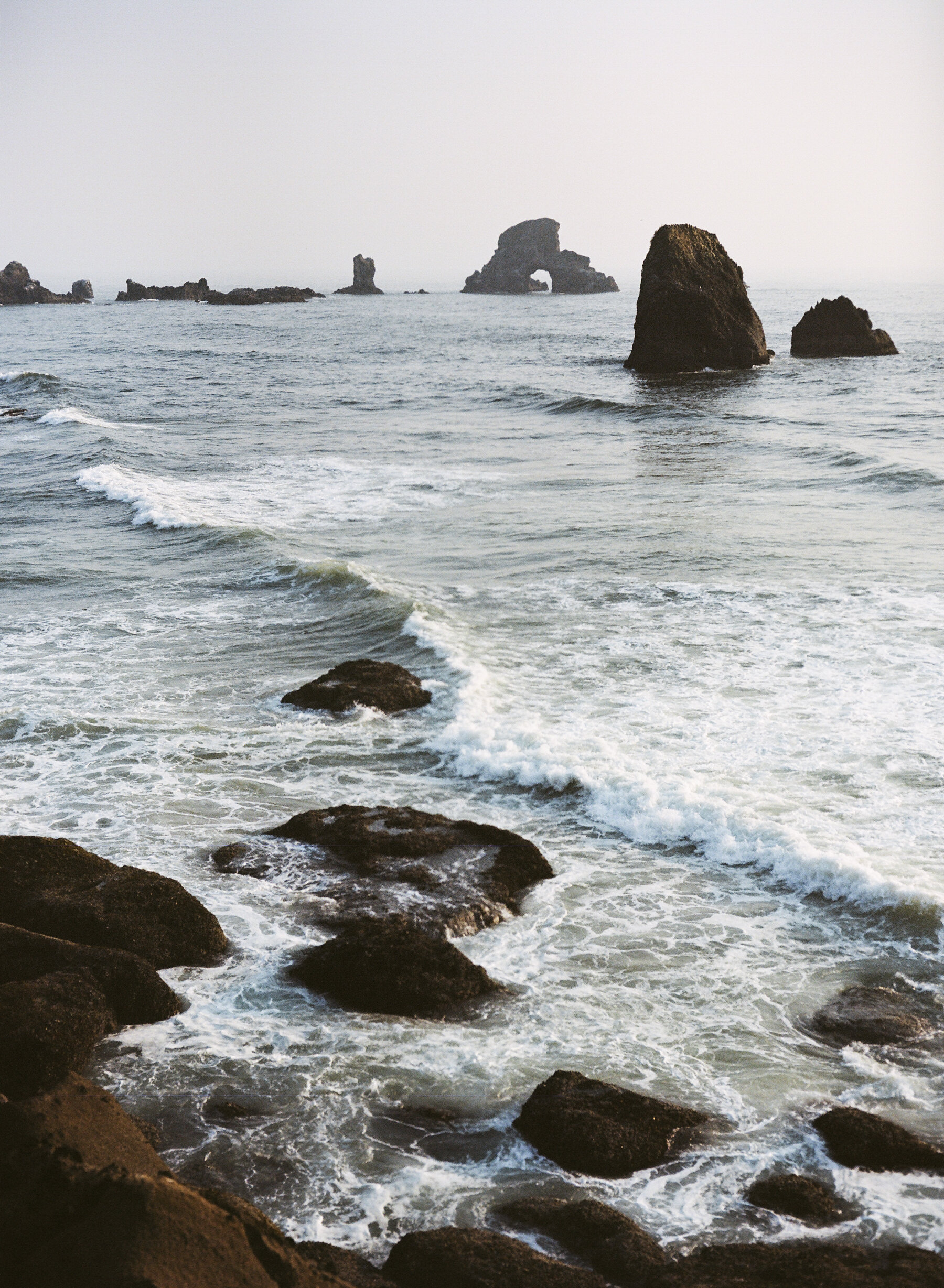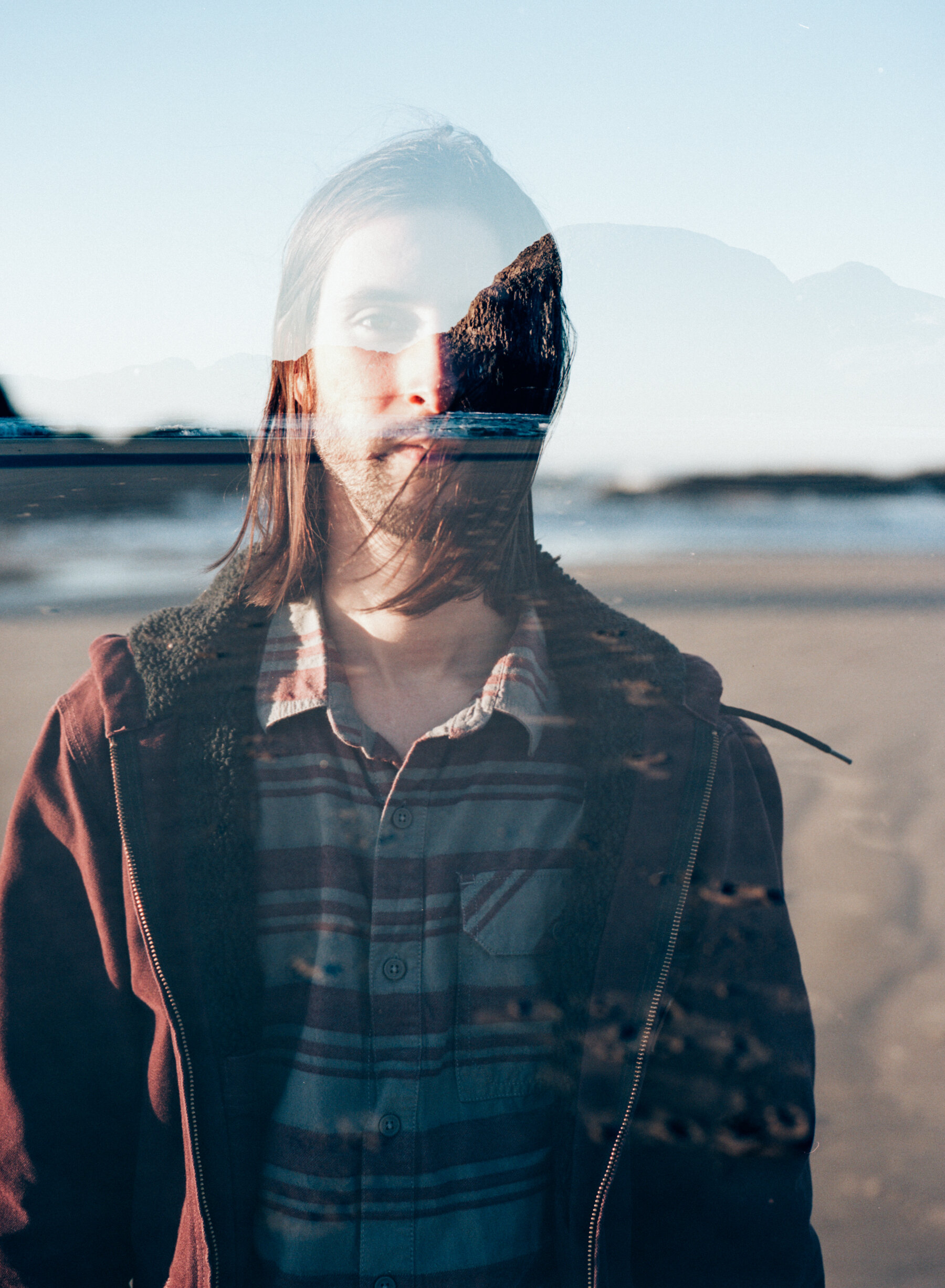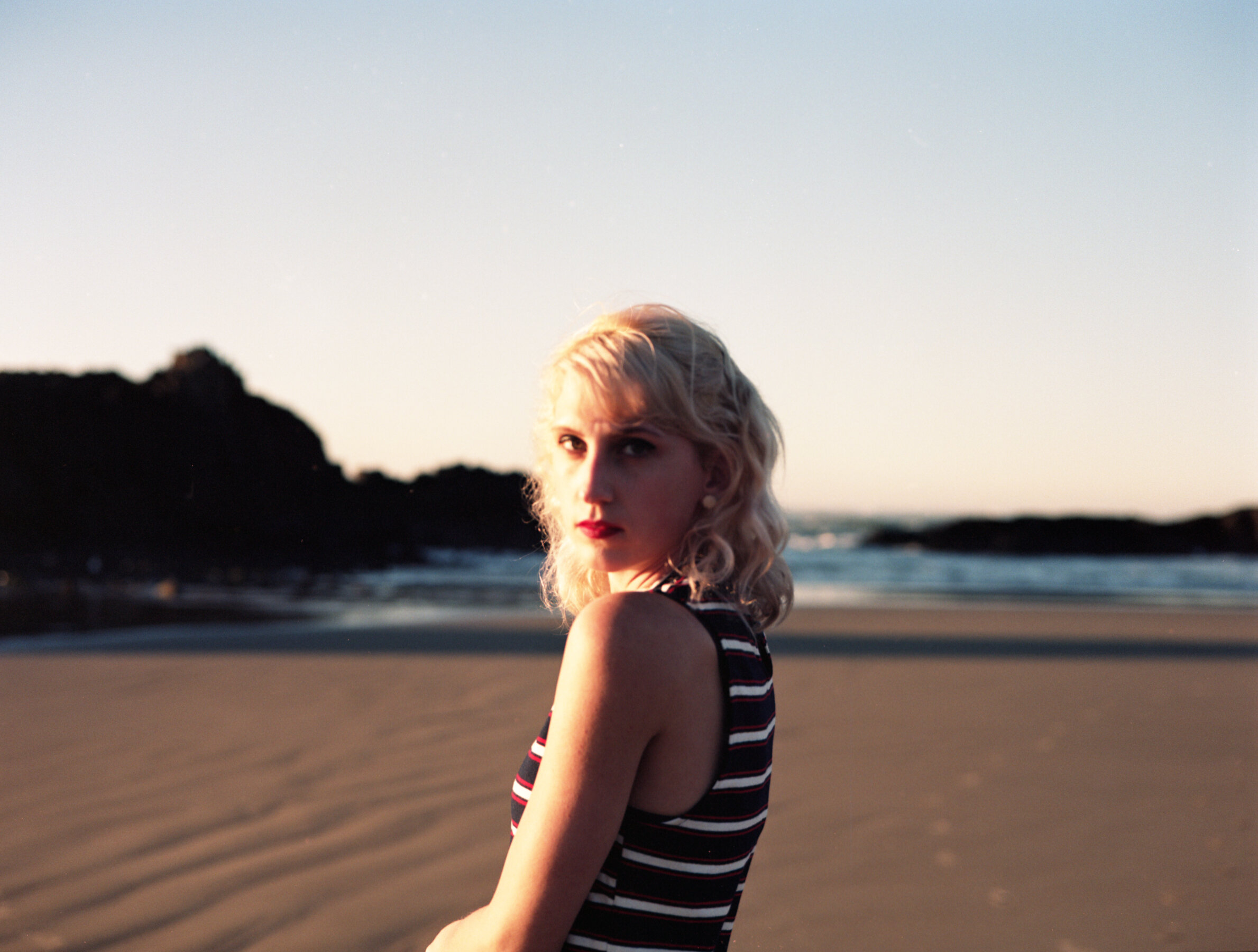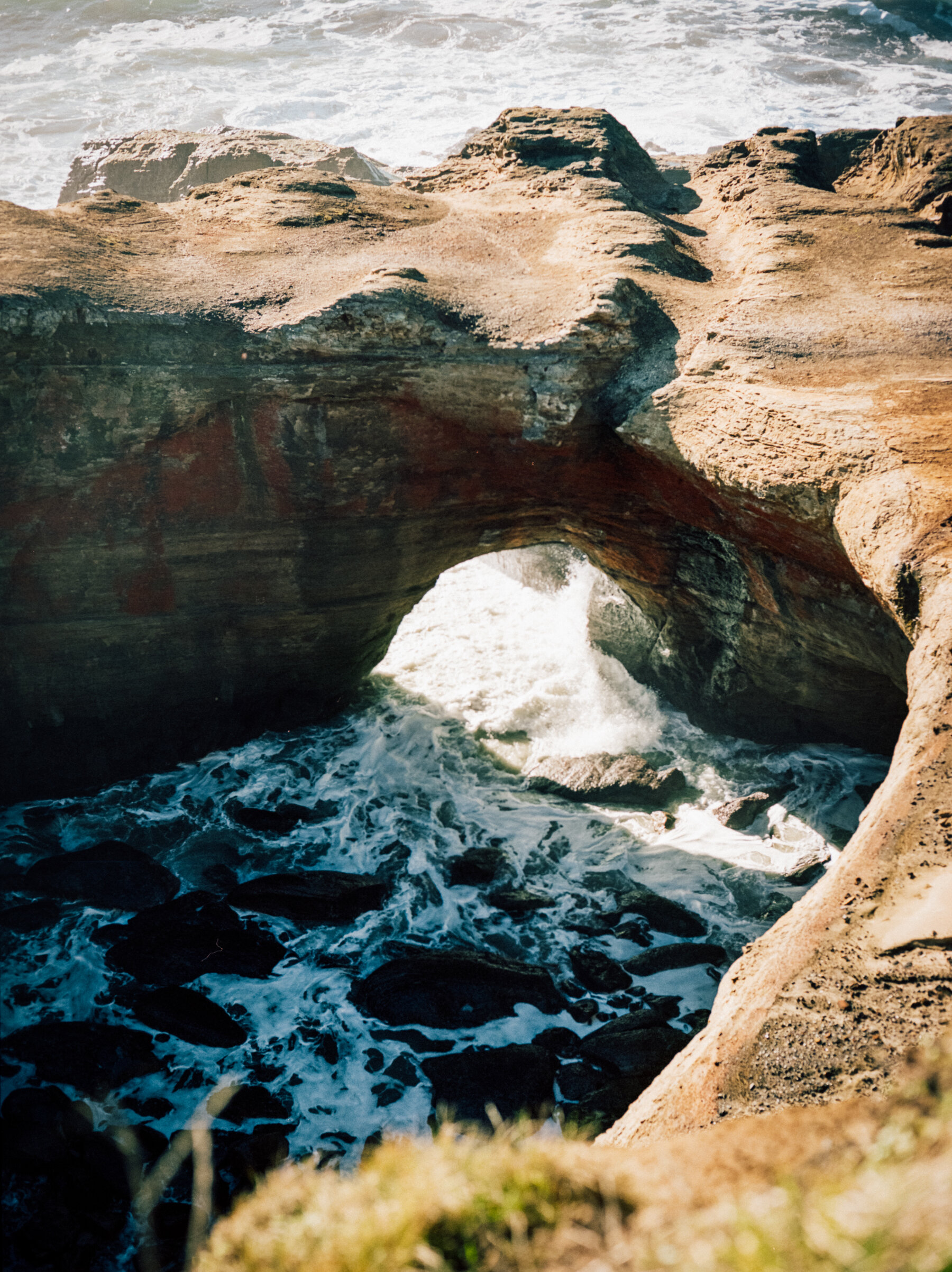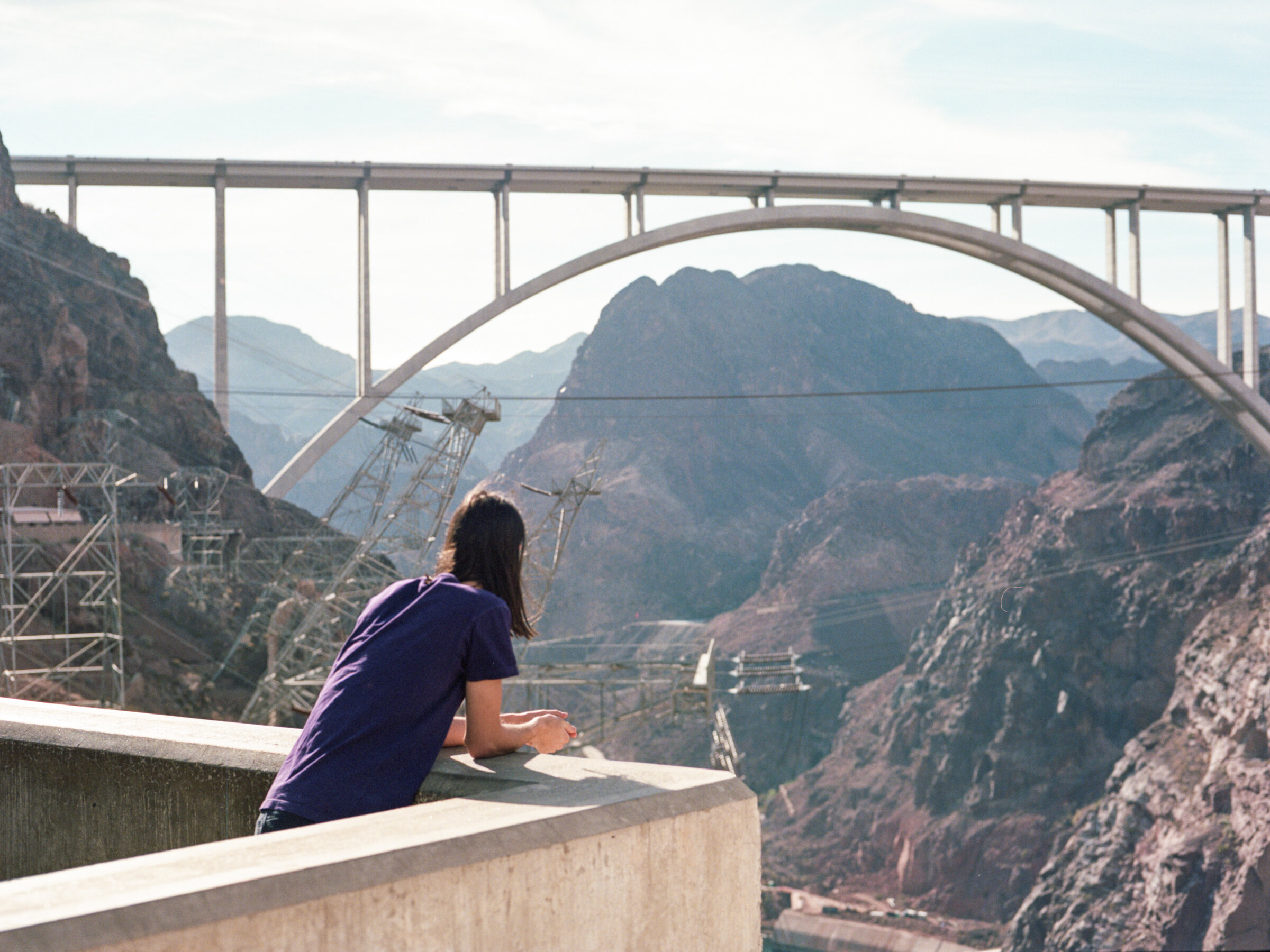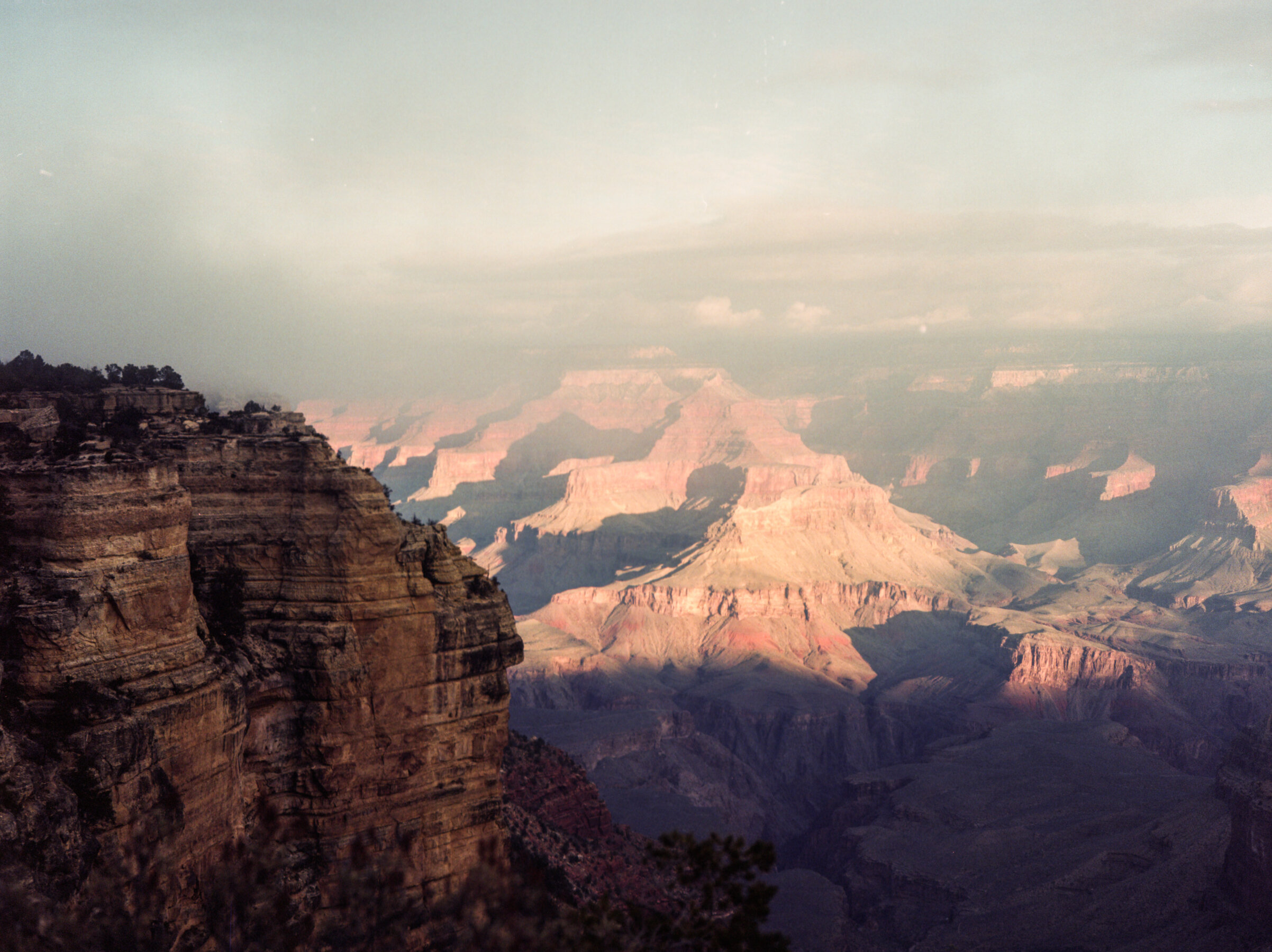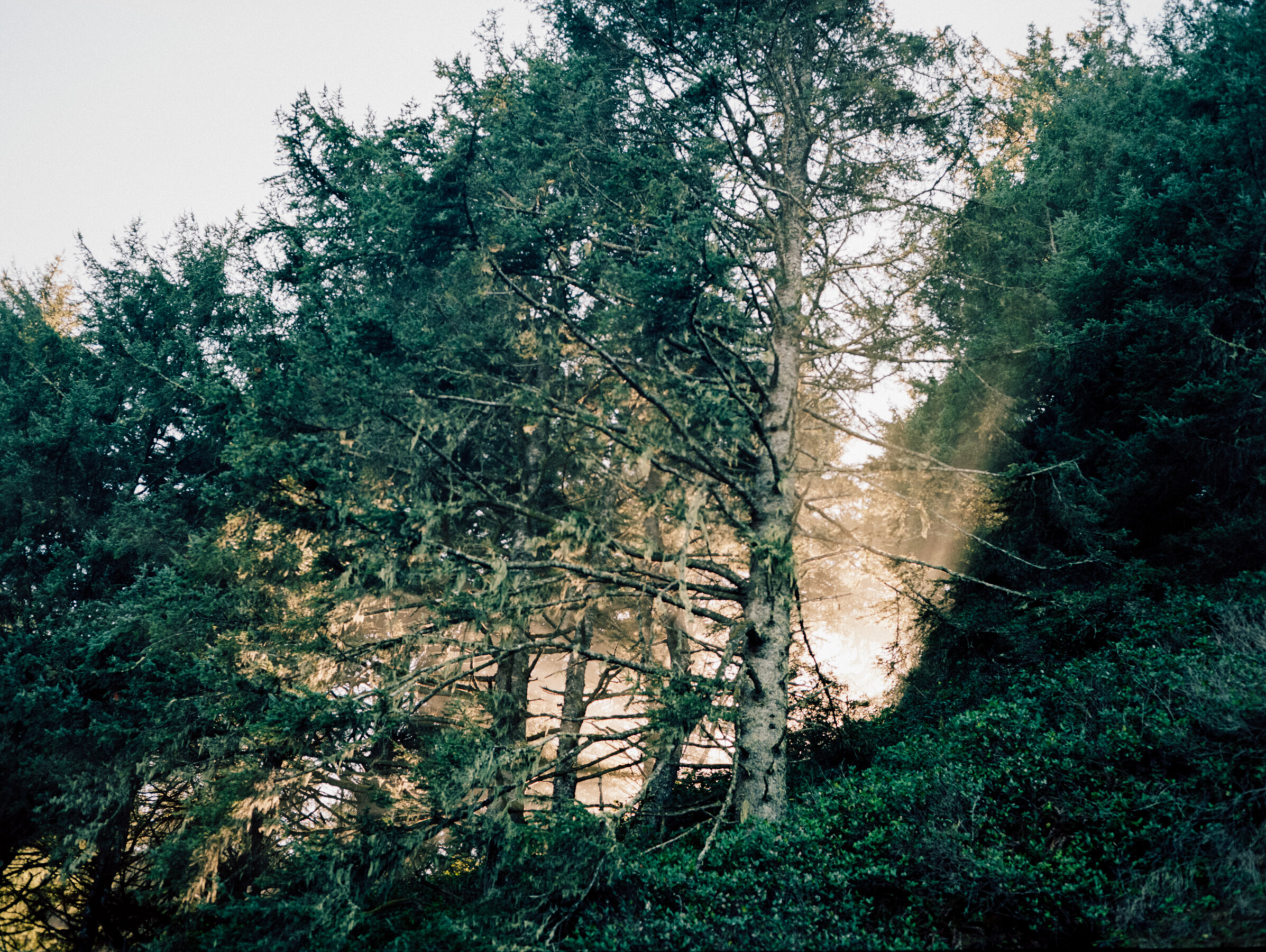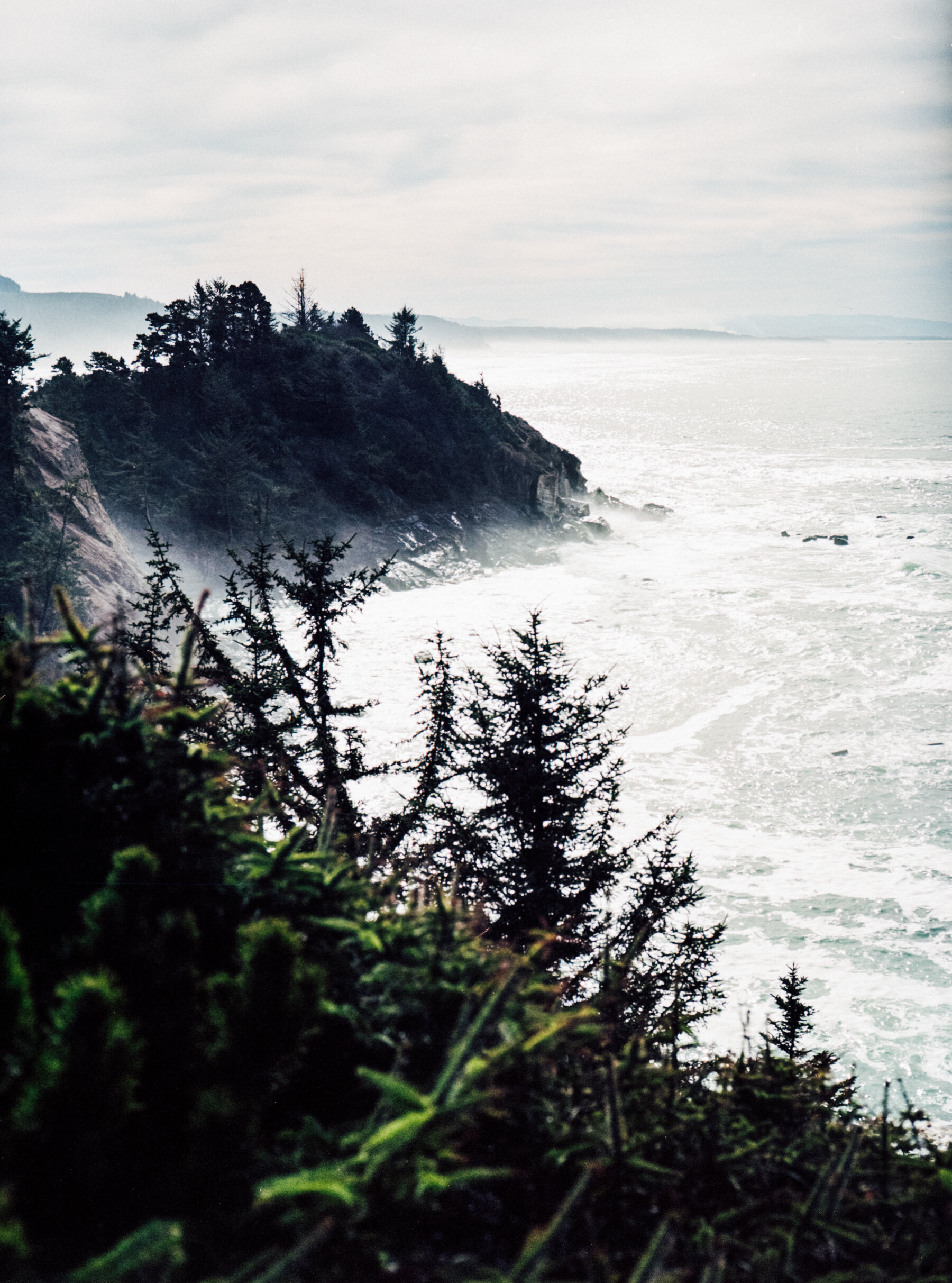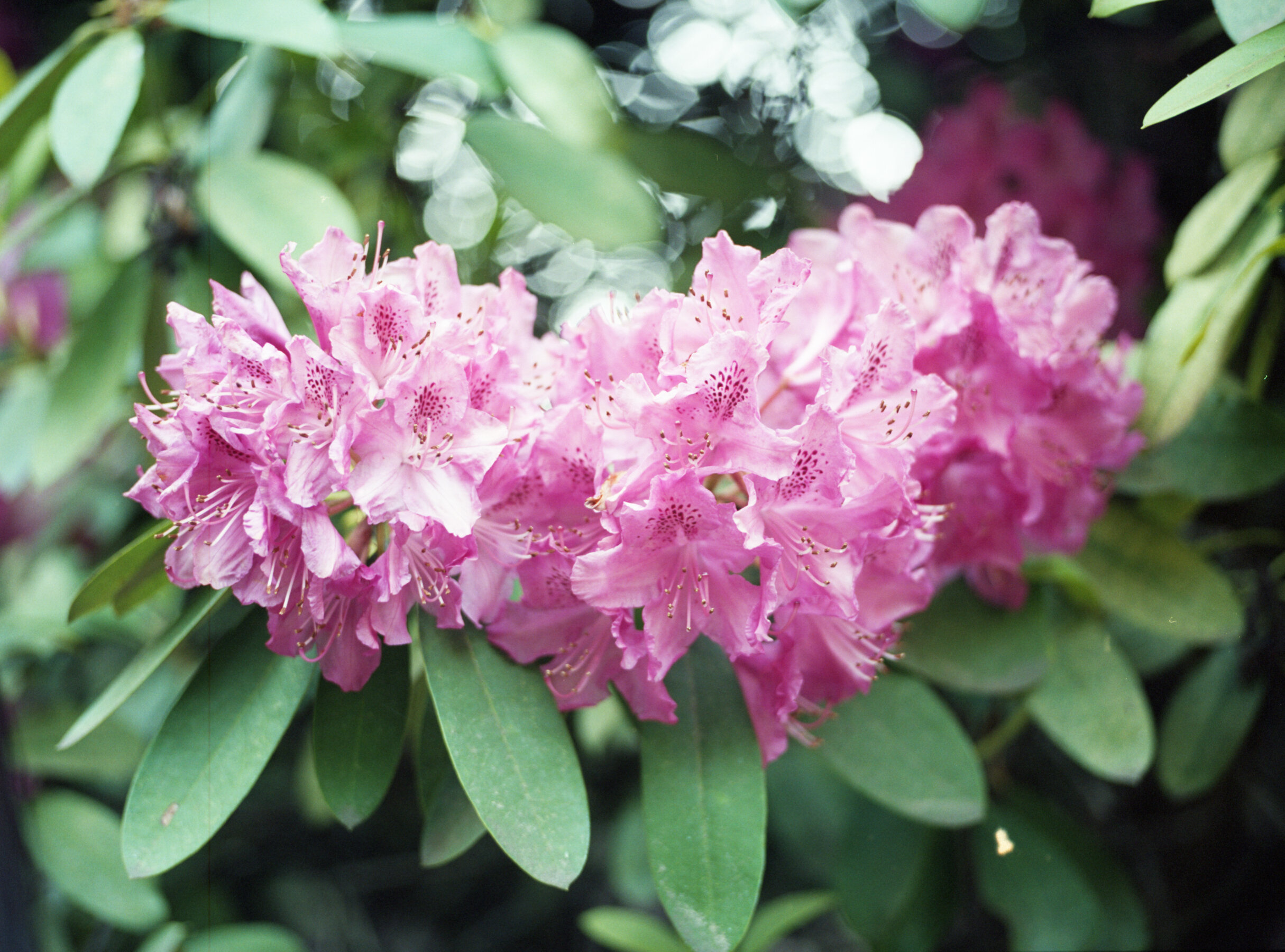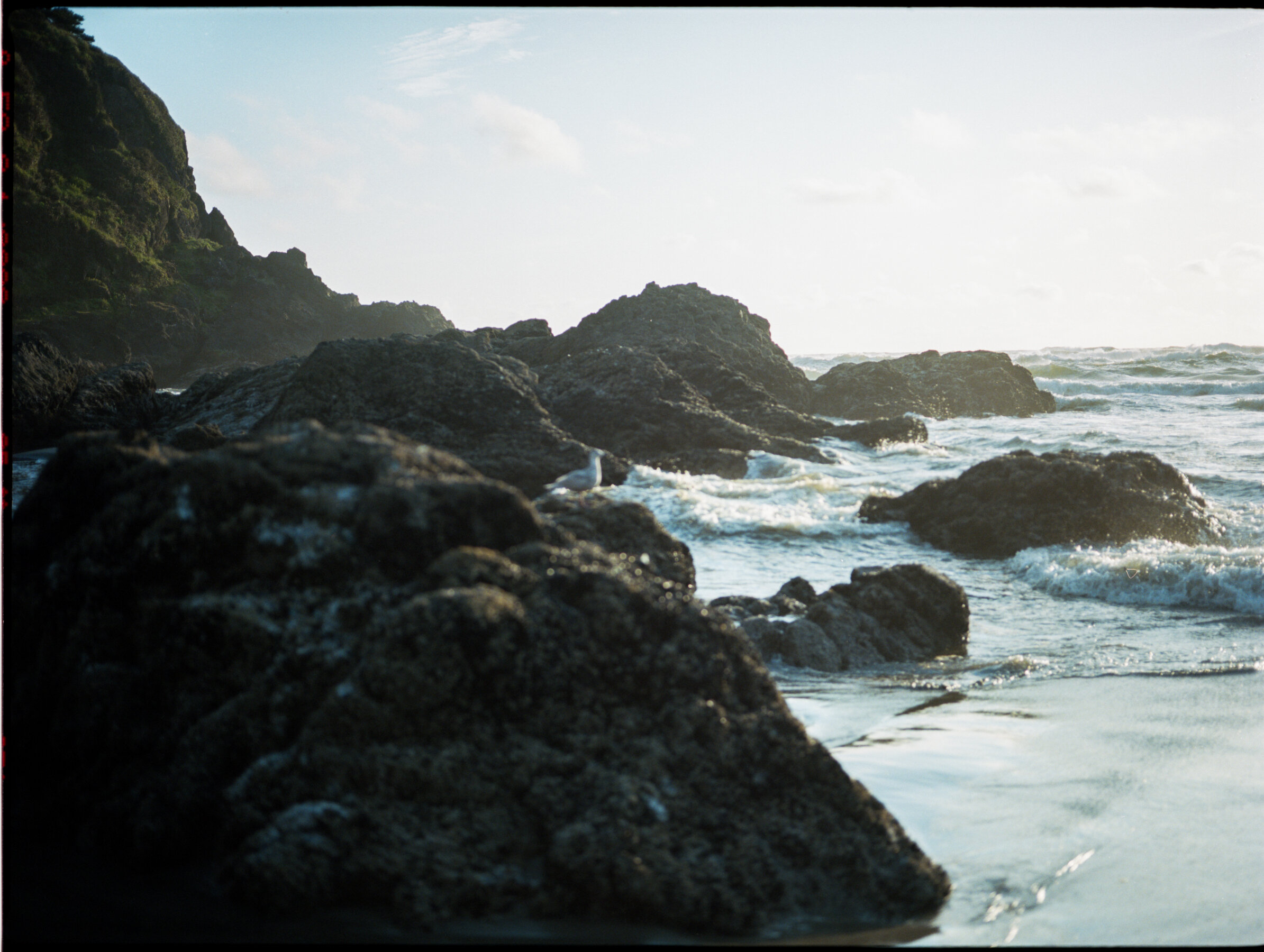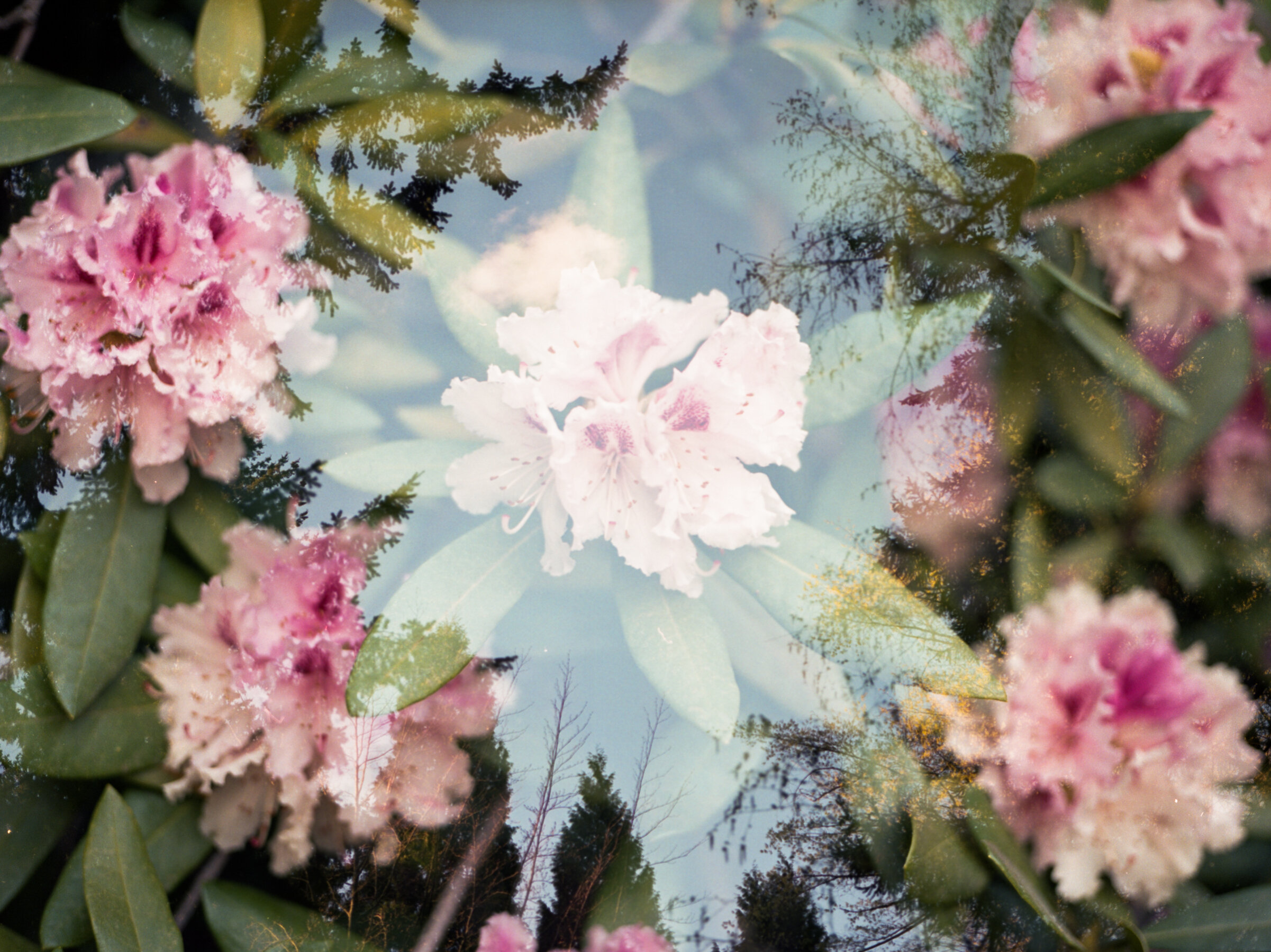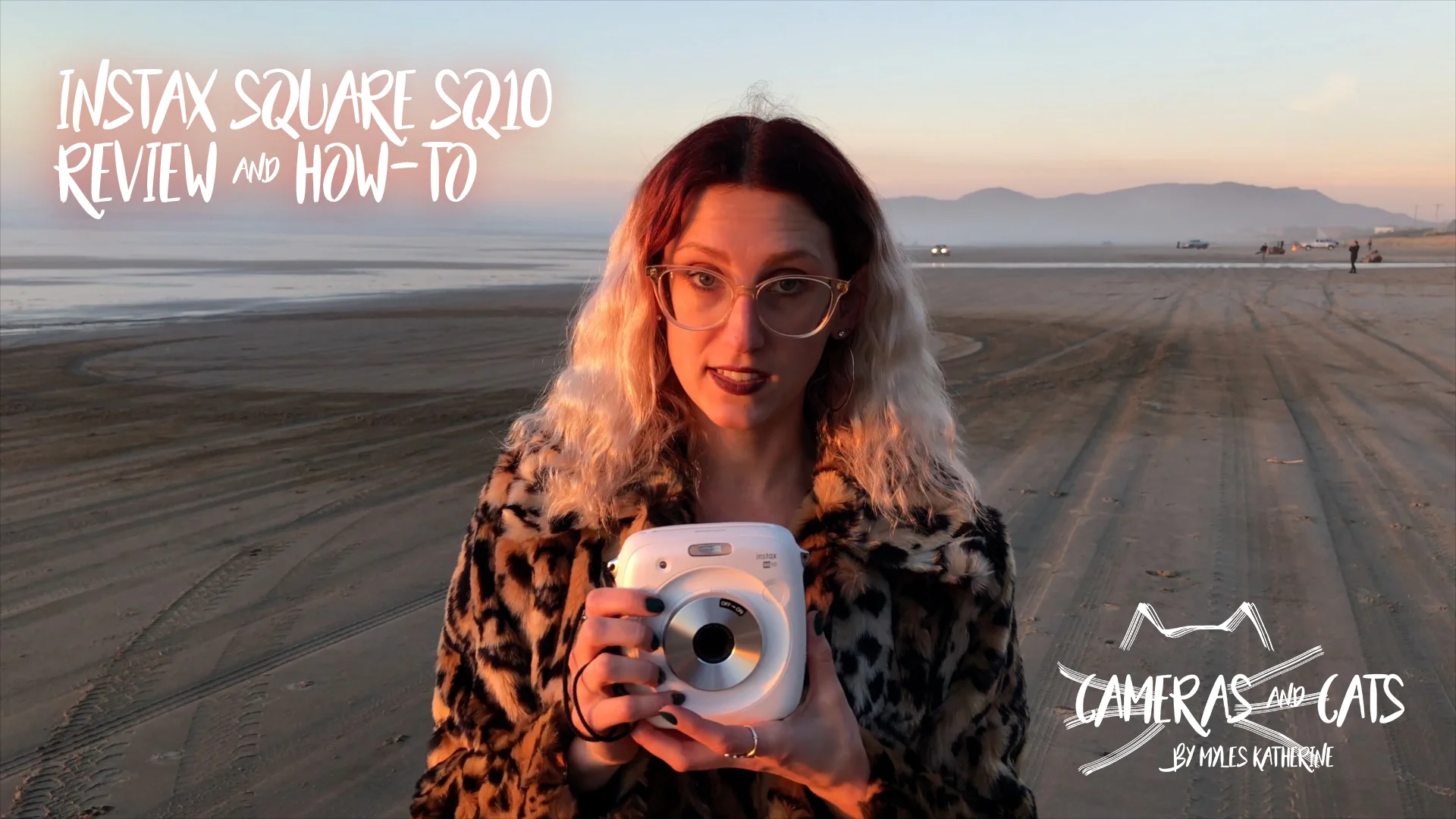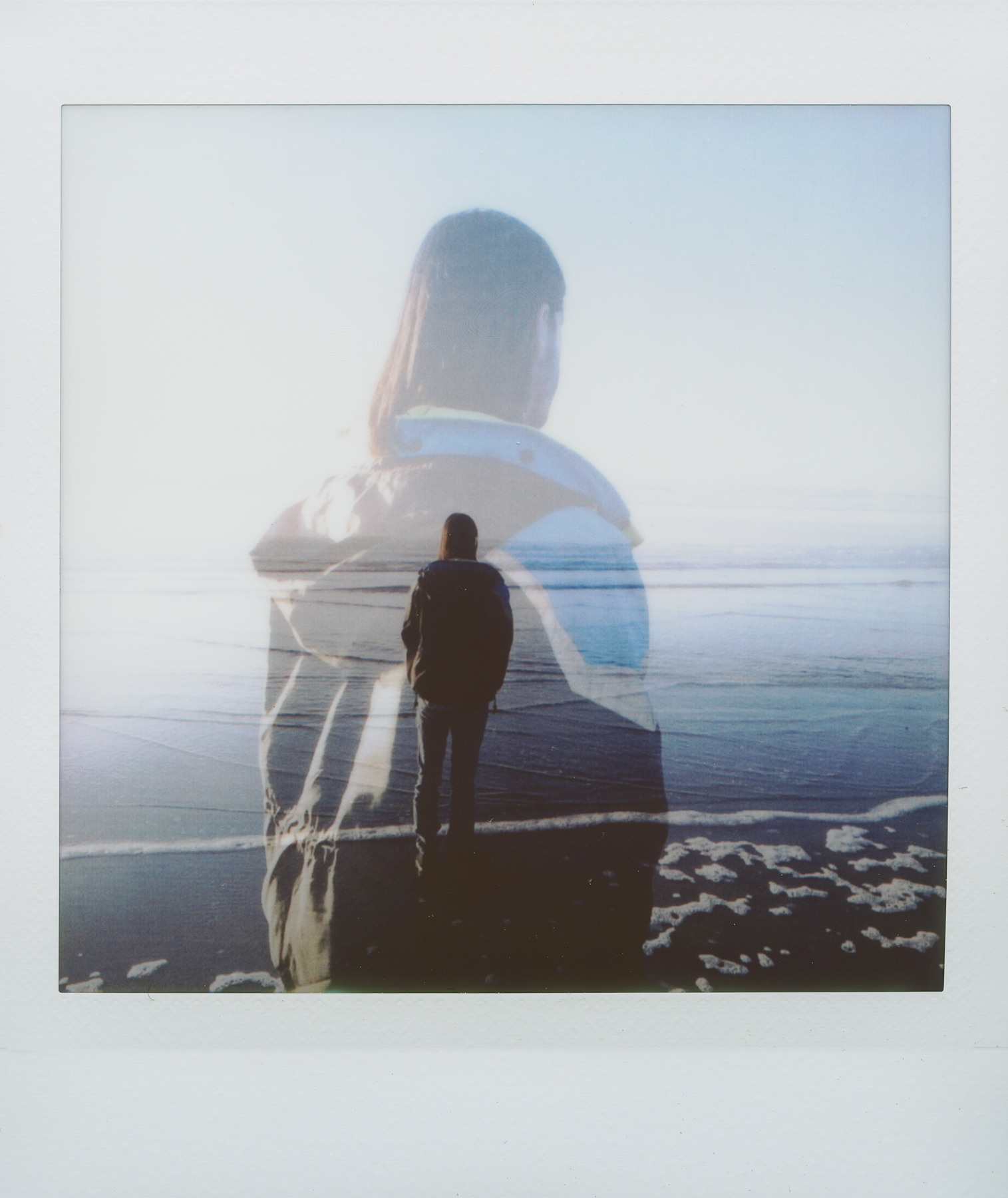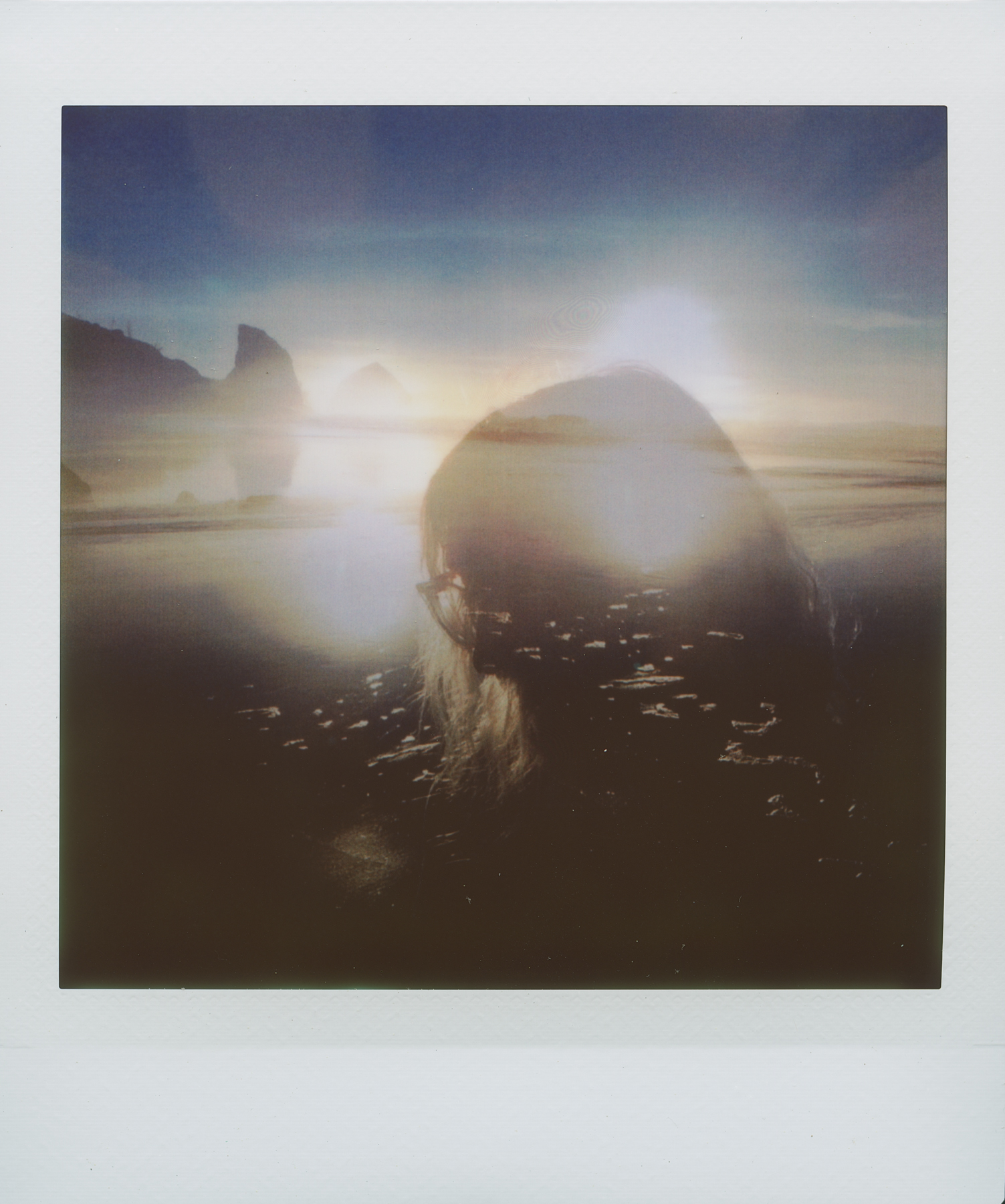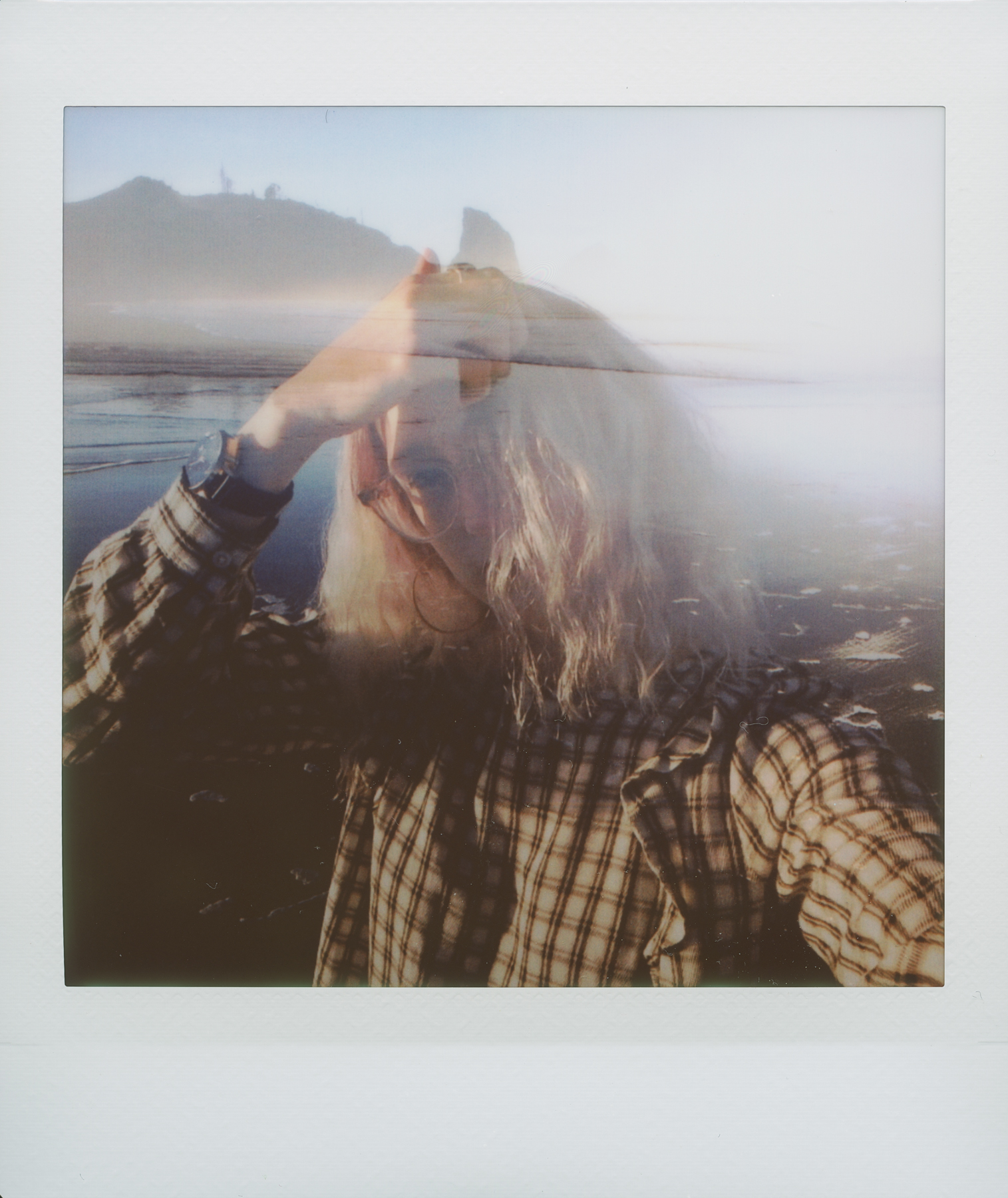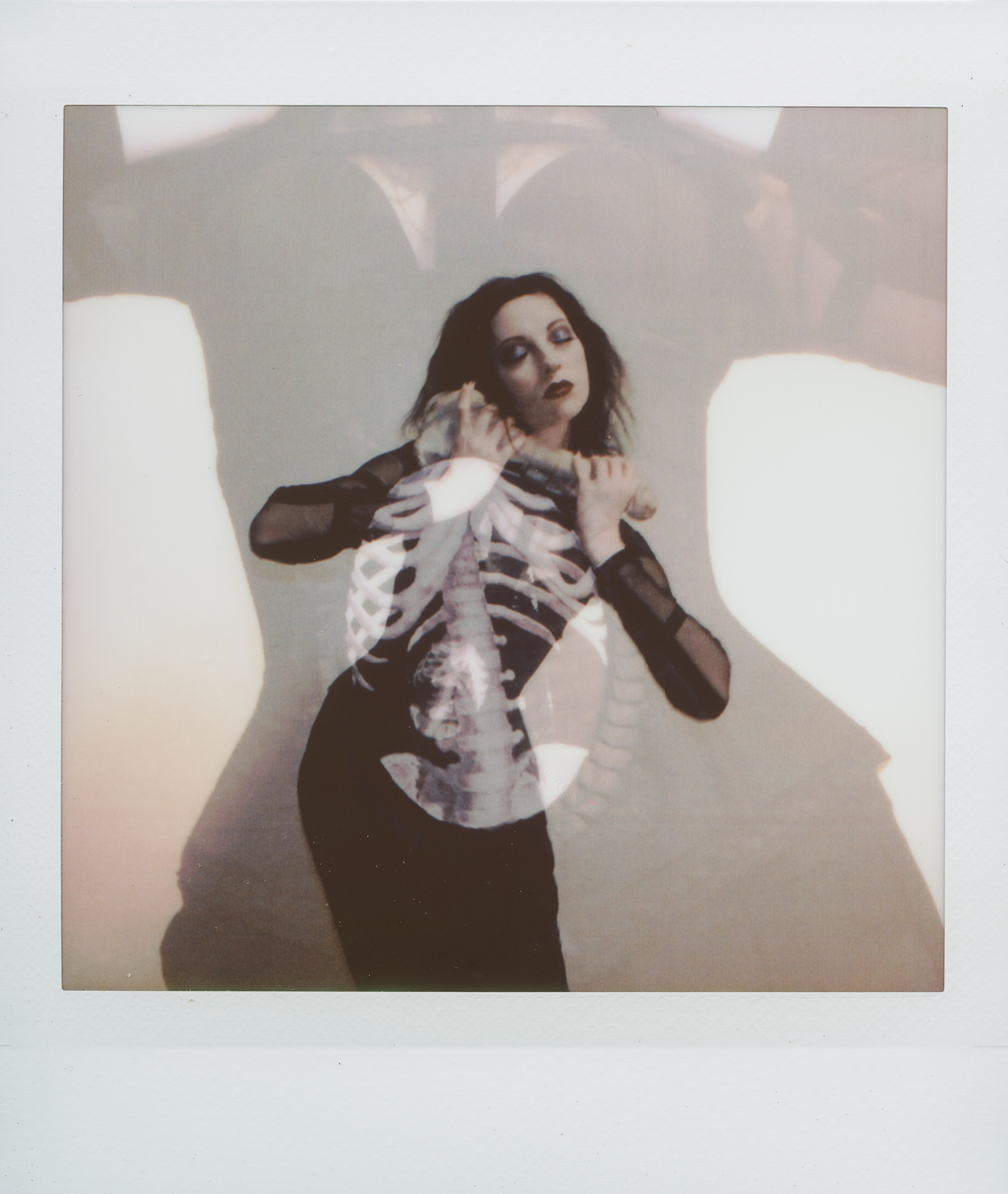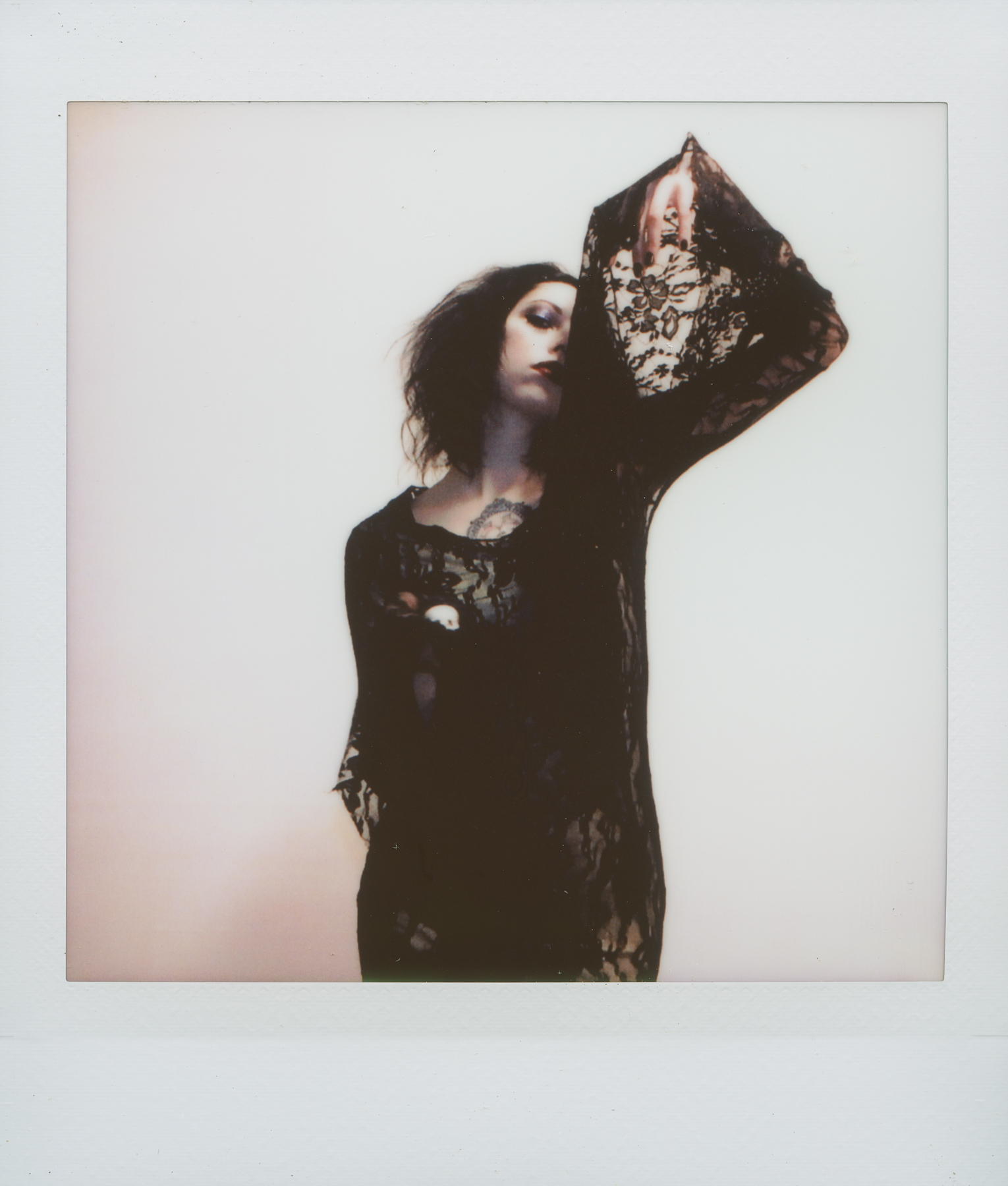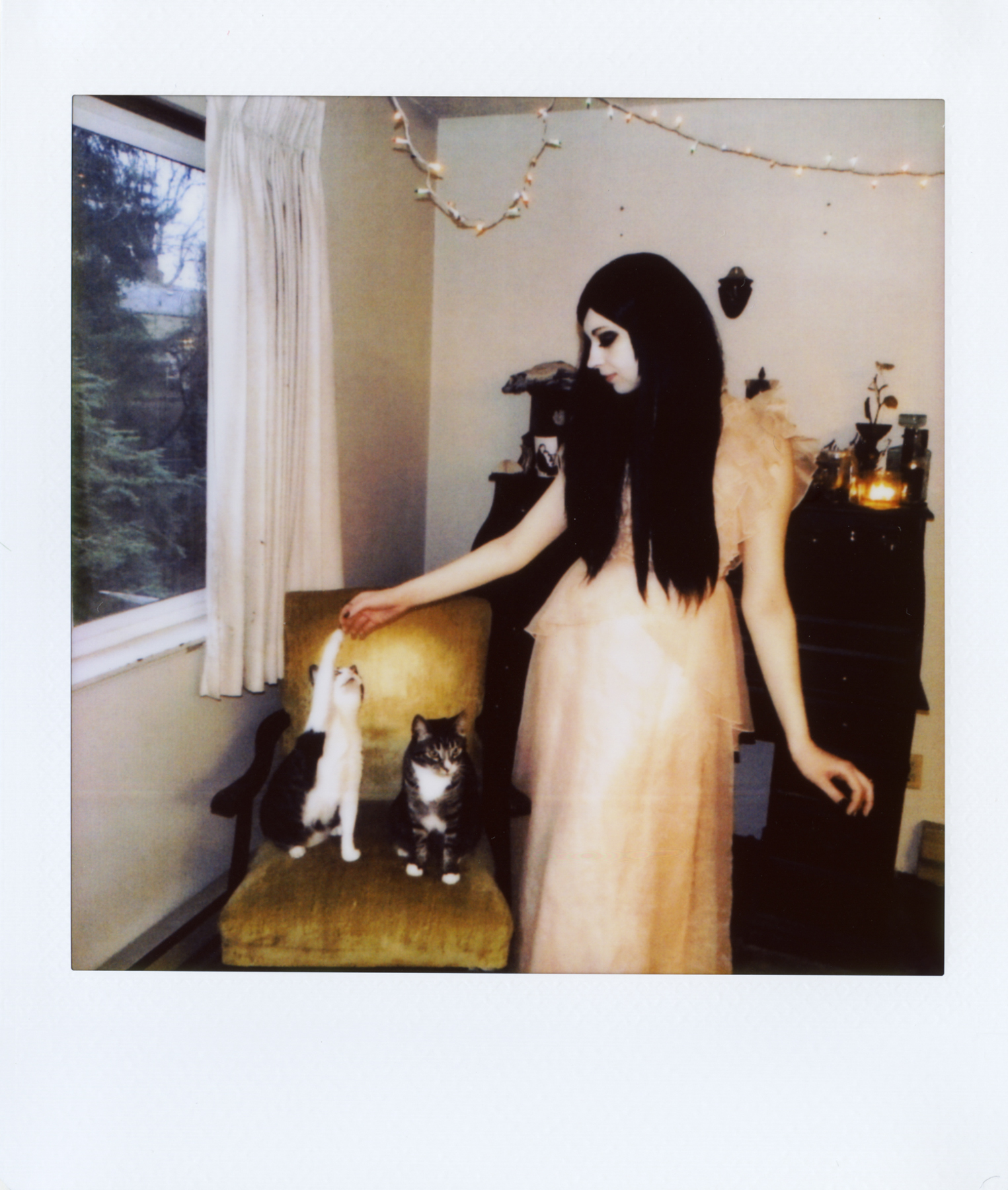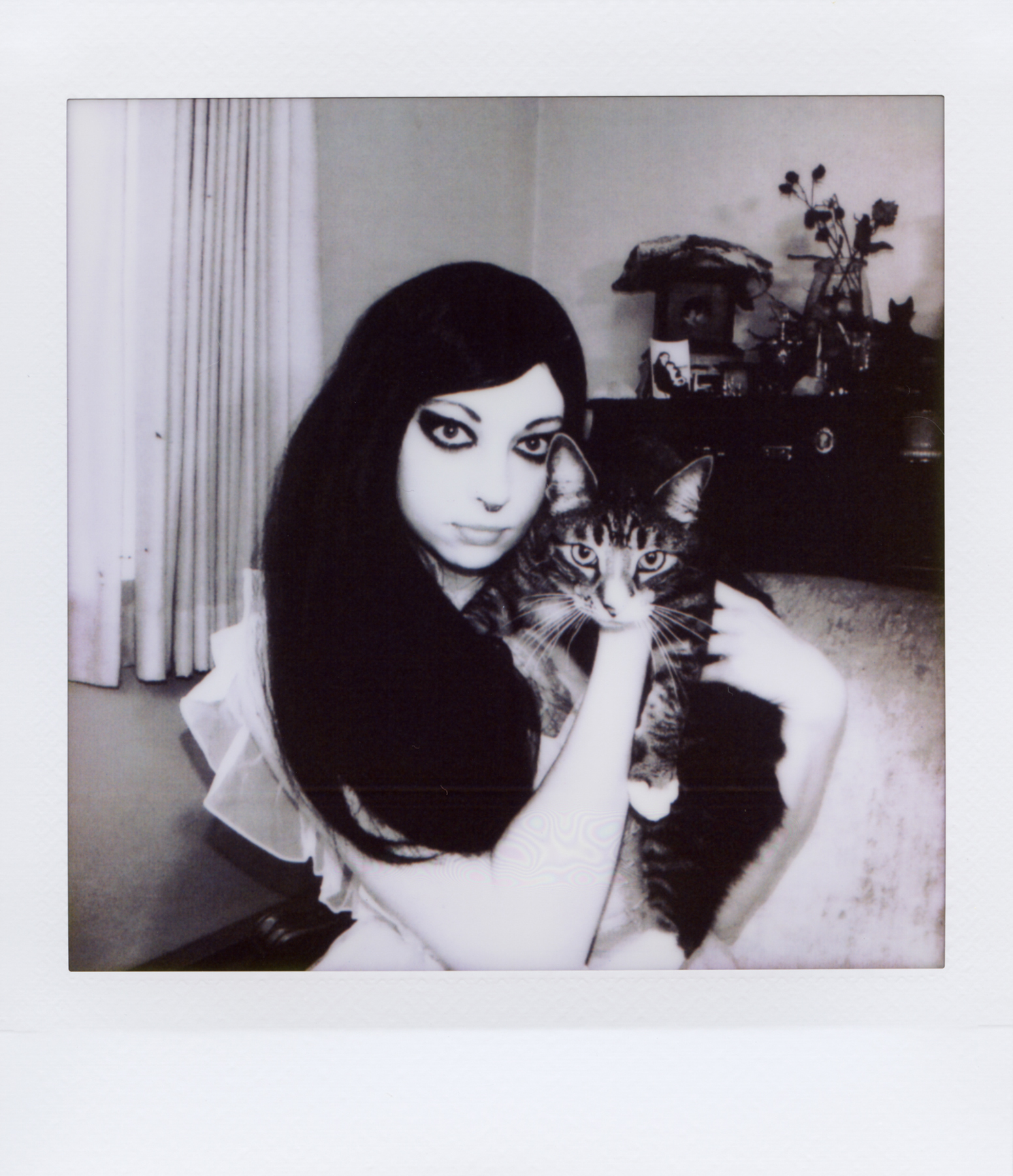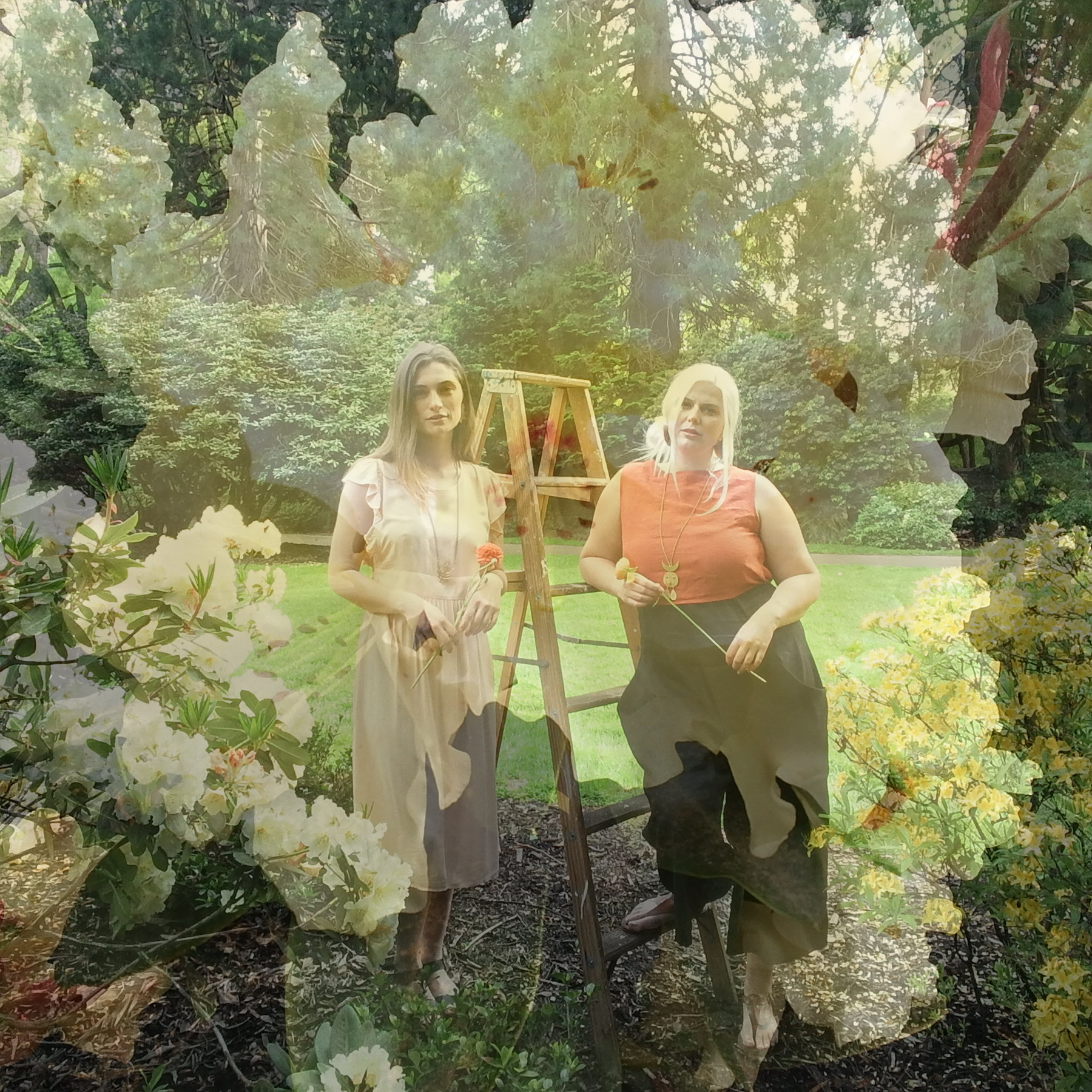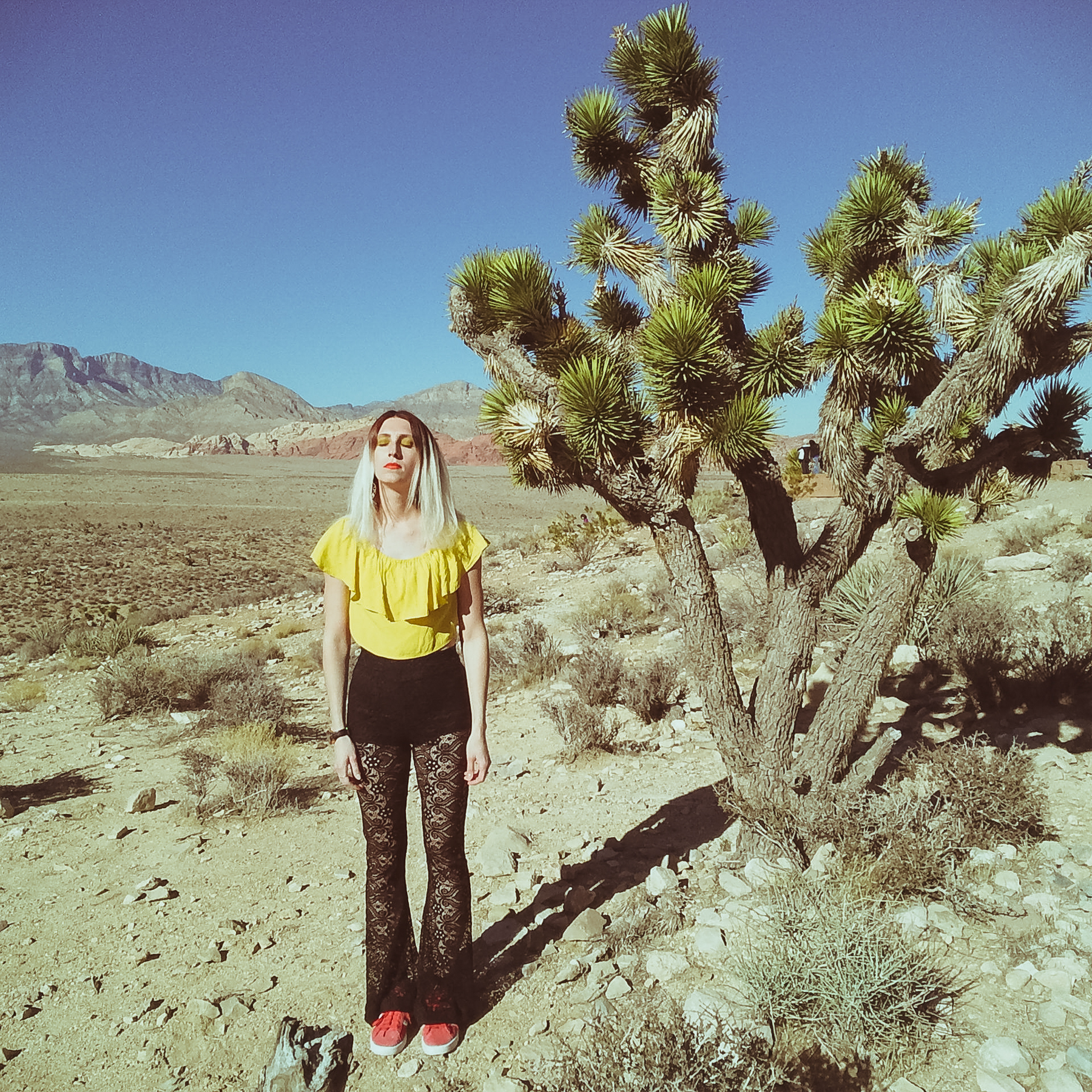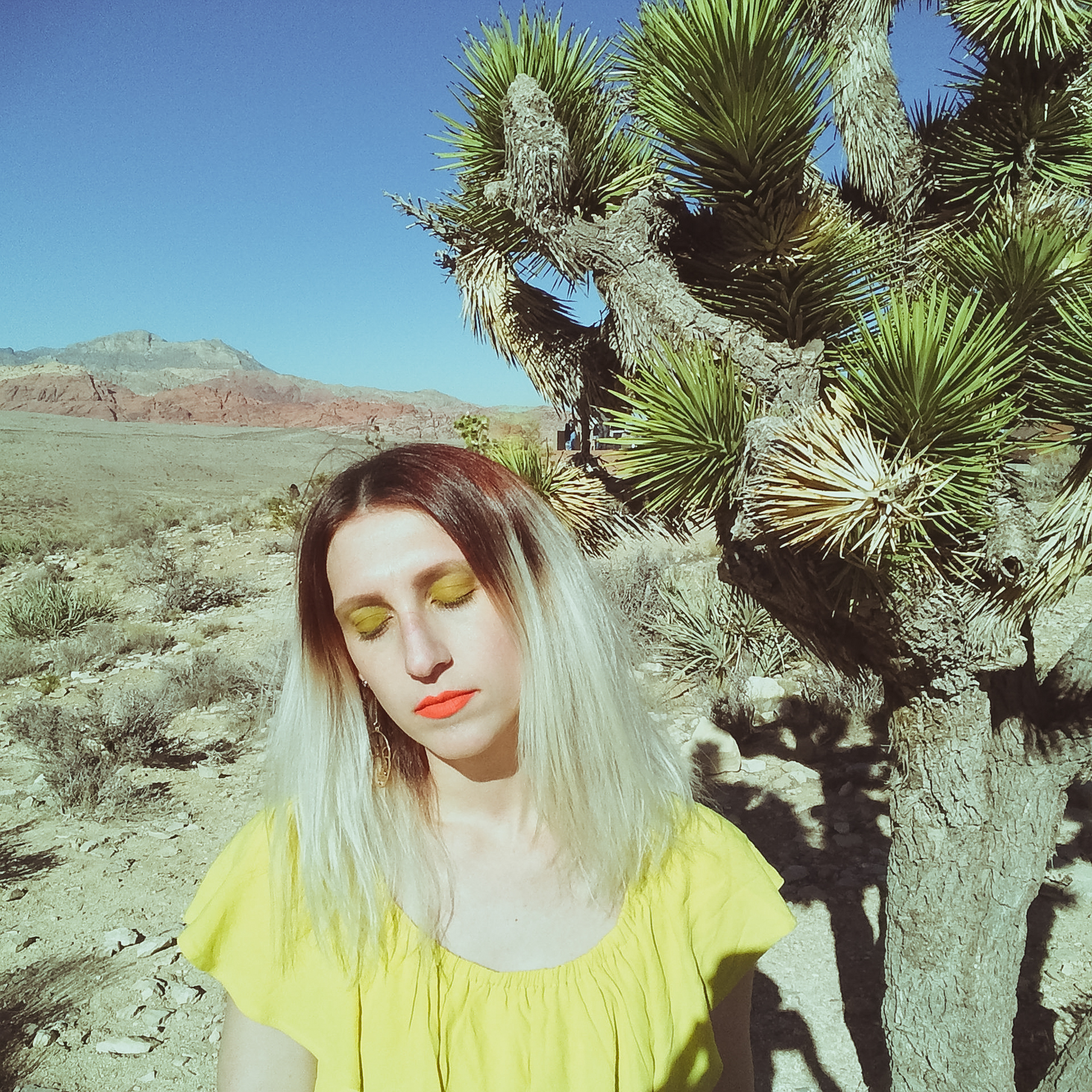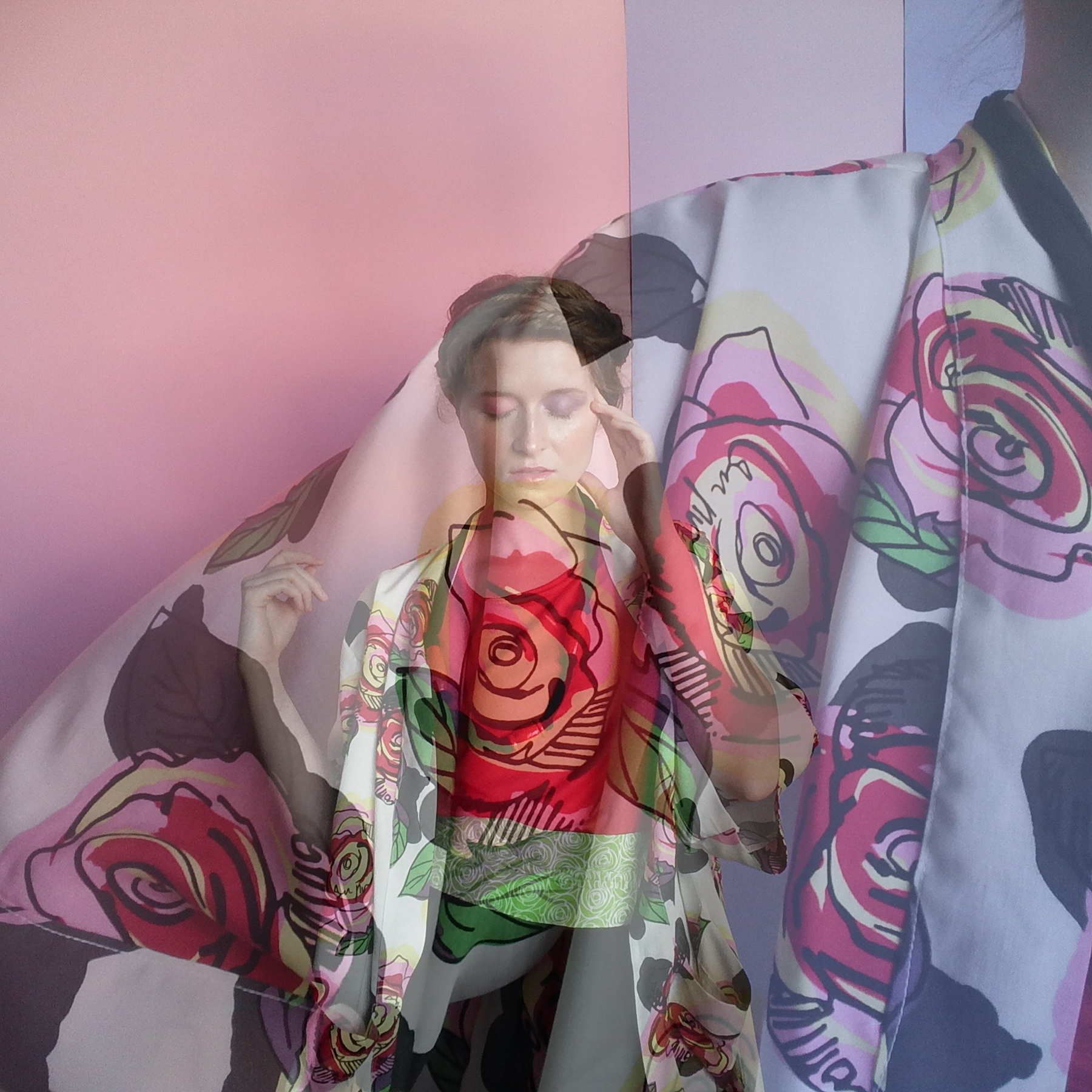The beloved Kodak 400 Film - is it worth it? There are so many different film stocks out there but this is probably the one you’ve heard the most about. It’s coveted amongst film photographers and is one of the first color film stocks I ever heard about when starting my photography career. I’ve been using this film for YEARS and have spent far too much money loading my fridge with boxes of it. But I’ve also tried out tons of other film stocks at this point, so I feel I can give a true and honest opinion. In the grand scheme of it all, if someone were to ask me if they should try out Kodak Portra 400, my answer will always be yes, but here are three reasons why:
The Color & Skin Tones are Highly Accurate
Particularly for beginner photographers, I like to recommend this film because it takes out some of the guesswork and post-editing that you might have to do with other film stocks. This film is very forgiving and just naturally looks beautiful. The colors aren’t overly saturated but it still has a gorgeous vibrance that mimics reality. If I could exclusively shoot with Kodak Portra 400, I would. Unfortunately, it’s just a bit too expensive to shoot with consistently. But if you’re just starting out with photography, especially if you’re learning how to shoot 120 film with a Holga or Diana F+, this is the first film I’d recommend. I do find Kodak Portra film to have the prettiest skin tones of all of the film stocks out there. When I’m shooting a wedding and I’m digging through my fridge for film to load my cameras with, if I have a Kodak Portra in there, I’m going for that first. It automatically adds professionality to my photographs and I can always count on it to accurately capture my clients.
It’s Super Sharp
I have to say, out of all of the film stocks I’ve ever tried, I do find Kodak (especially Kodak Portra) to be the sharpest of all of them. The grain is extremely fine for a 400 speed film. If you follow my work, you know I love to shoot with the Holga 120 toy camera pretty consistently, and Kodak Portra always surprises me with the crispness I can get out of my images. While Kodak Portra also comes in ISO 160 and ISO 800, I find the 400 ISO Portra to perfectly balance sharpness with low-light versatility. If I know it’s going to be a dark and overcast day or I’m going to be in shadows or inside while shooting, sometimes I’ll go for Kodak Portra 800. However, the 800 ISO version is even more expensive, so I find Portra 400 to really balance all my needs when shooting.
It’s Reliable and Versatile
I always know what I’m going to get with Kodak Portra 400. Sometimes, I’ll shoot with a roll that’s been in my fridge for years and it still looks like a brand new roll, with beautiful natural saturation and low grain. Sometimes I’ll only shoot half a roll at a wedding or event and end up shooting the rest of the roll at the beach or while traveling and Portra never falters. It’s also incredible for landscapes and nature. With a lot of film stocks, I’m unhappy with the way it captures greens, especially with grass or mountains, but Portra is always on point. Like I said, I’d shoot Portra every day if I could! Kodak Portra comes in both 35 mm and 120 formats, so just make sure you’re getting the right one for your camera.
FINAL THOUGHTS
So… is Kodak Portra 400 worth the price? Yes, in so many ways. And while it would be nice to have an endless stock of Kodak Portra on hand, it’s also fun to try out other films to keep things interesting. Overall though, this film probably takes the #1 spot in my book, of all of the films out there. I realize this is a pretty strong stance to take, but there aren’t really any other films out there that are as natural, consistent, versatile, sharp and balanced as Kodak Portra 400. Just try it out for yourself and see what you think! When I’m on a budget though, Lomography Color Negative 400 is usually my backup. While it’s a bit more saturated, the bright colors bring a fun positivity to my images. Kodak Gold 200 is next on my list. It has that sharpness that I love about Kodak films but it does have a bit of a gold tint to it, which is great for shooting at the beach, but not always what you might want with your photos. It’s extremely affordable though, which surprises me, honestly. I feel like Kodak could charge more for Kodak Gold 200, so make sure to grab some of it here before they change their minds!
I’ve included a ton of sample photos below using Kodak Portra 400 with my Contax 645 (a fancy camera) and my Holga (a not-so-fancy camera). While I love using Kodak Portra with my Holga, it’s also absolutely outstanding with my Contax 645. There’s really no other combo that I love more. My Contax 645 is incredibly sharp, and when pairing it with Kodak Portra 400, it’s really just a film photographer’s dream.
WHERE TO BUY KODAK PORTRA 400 35 MM FILM
KODAK PORTRA 400 120 FILM
WHERE TO BUY A HOLGA 120 GCFN
Read more about the Holga 120 Camera on my blog here!
WHERE TO BUY A CONTAX 645
KEH Camera (if you’re lucky, they’ll have one in stock!)
Read more about the Contax 645 on my blog here!
(By using the affiliate links and/or codes in this blog post it supports Myles Katherine Photography. We may get a small kick back by you doing so.)





































